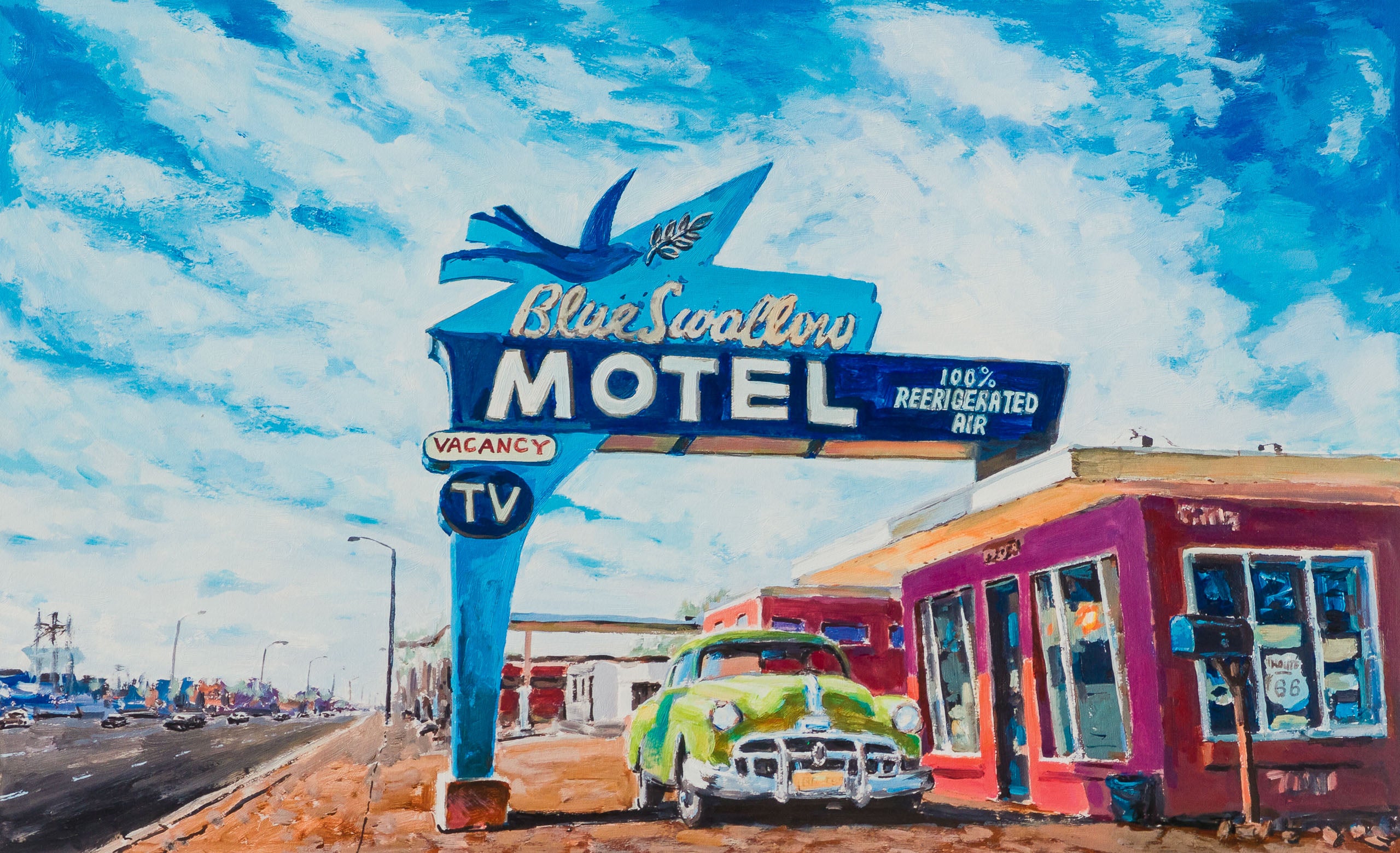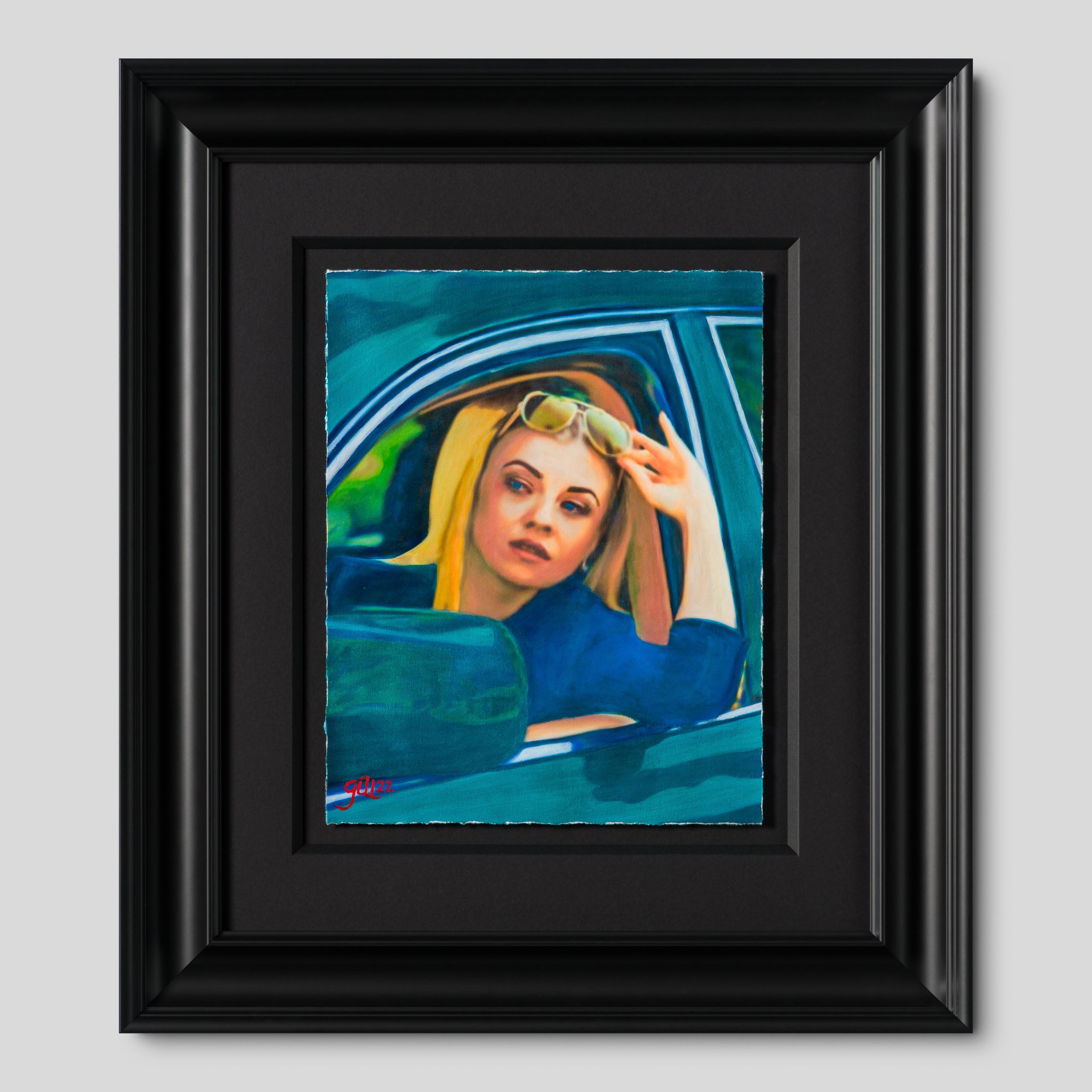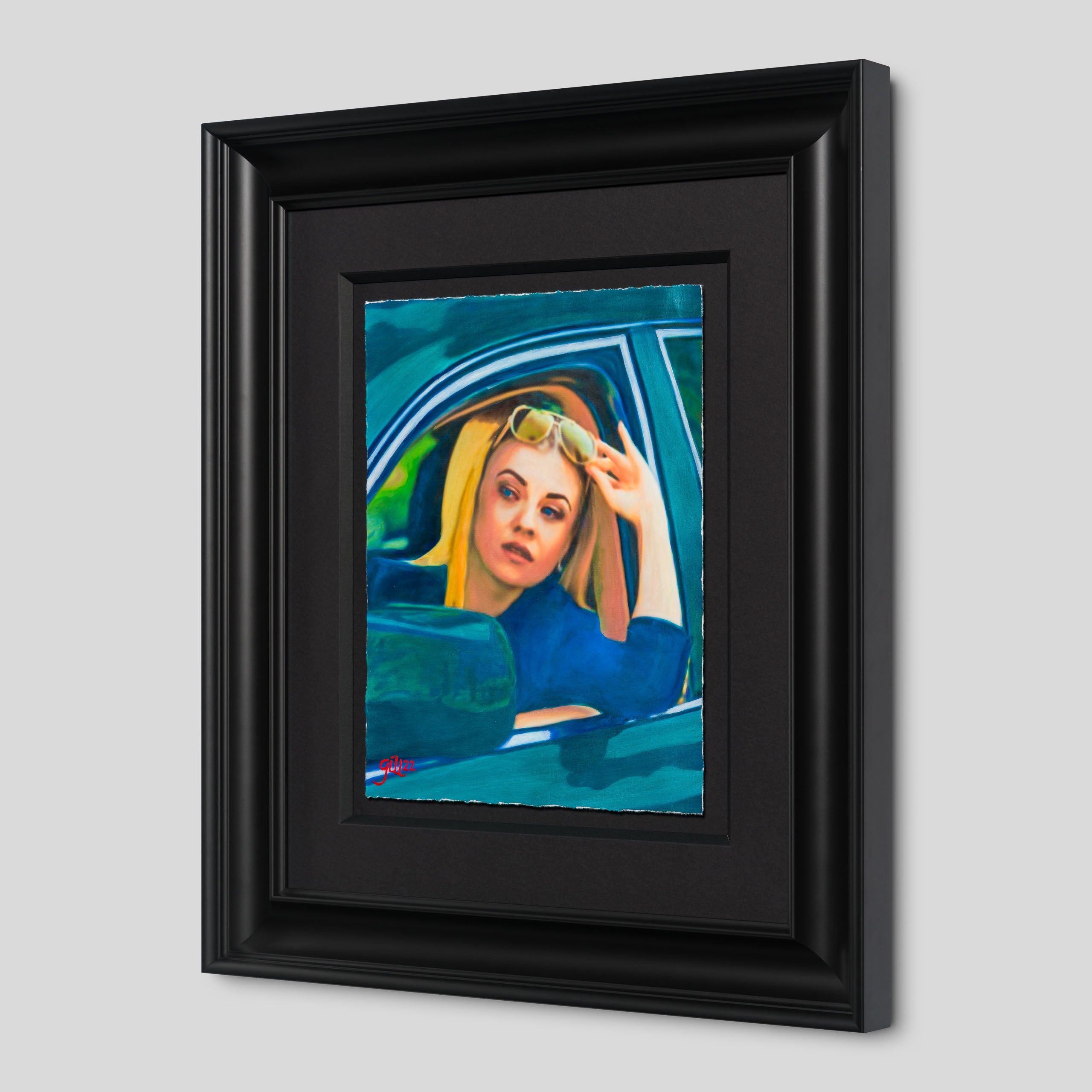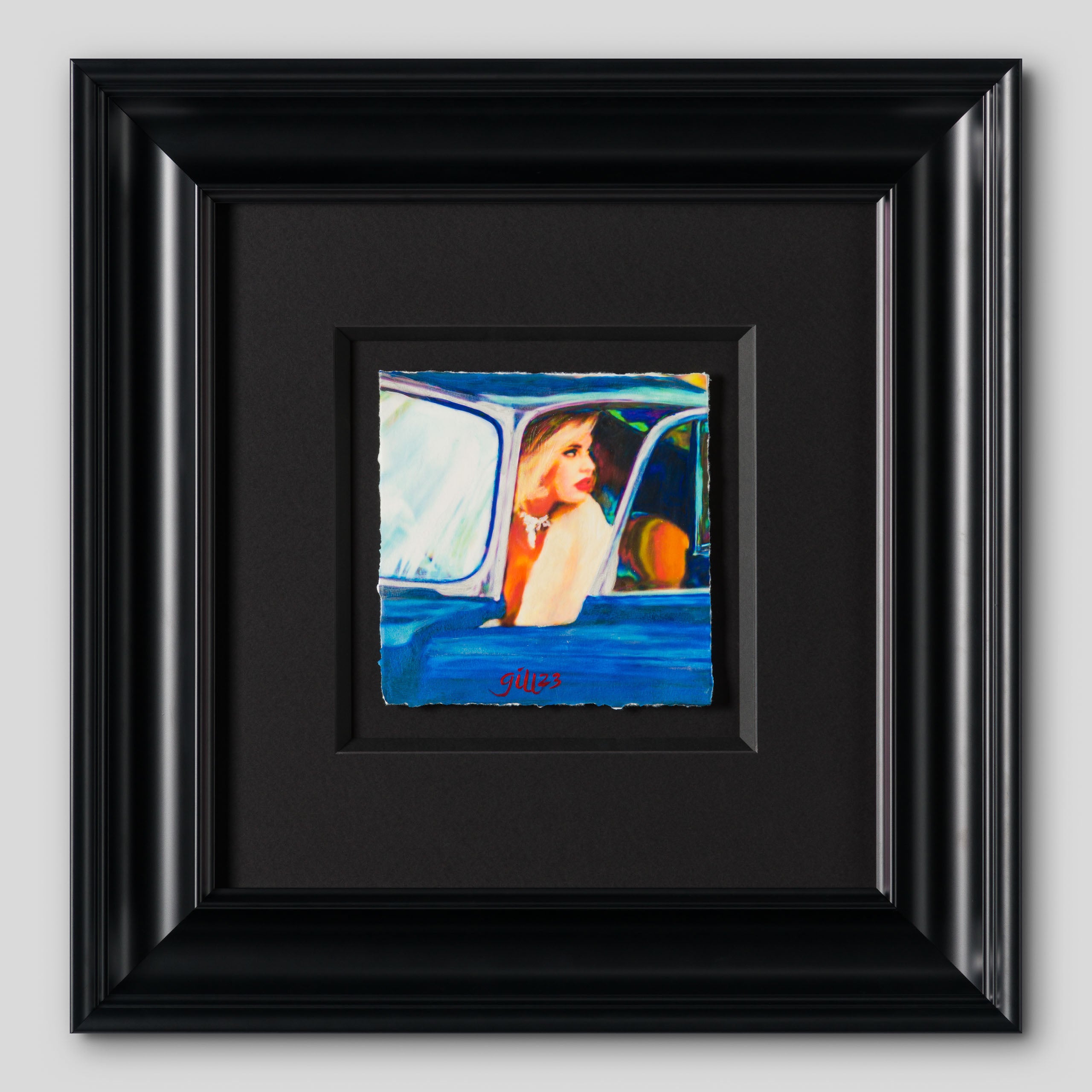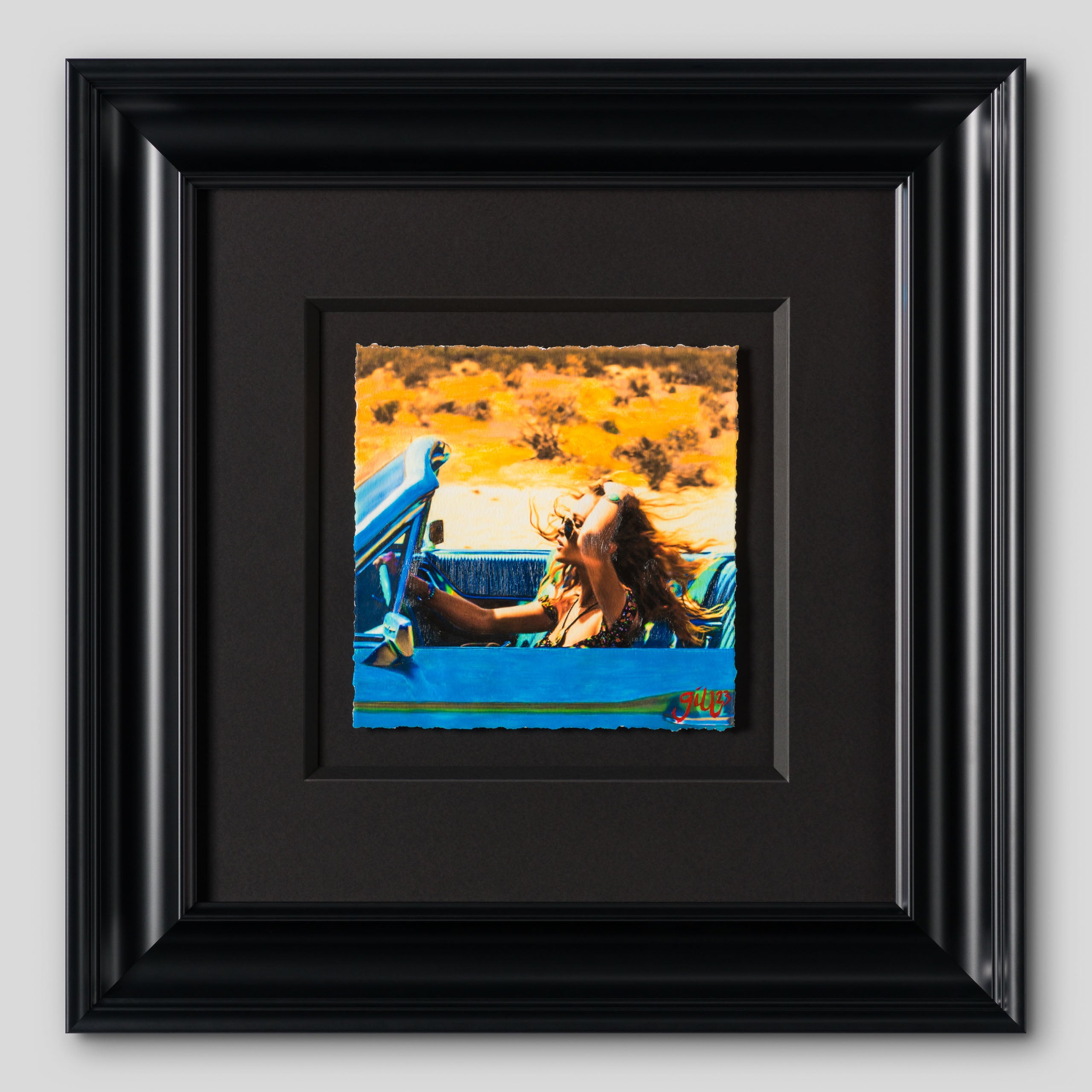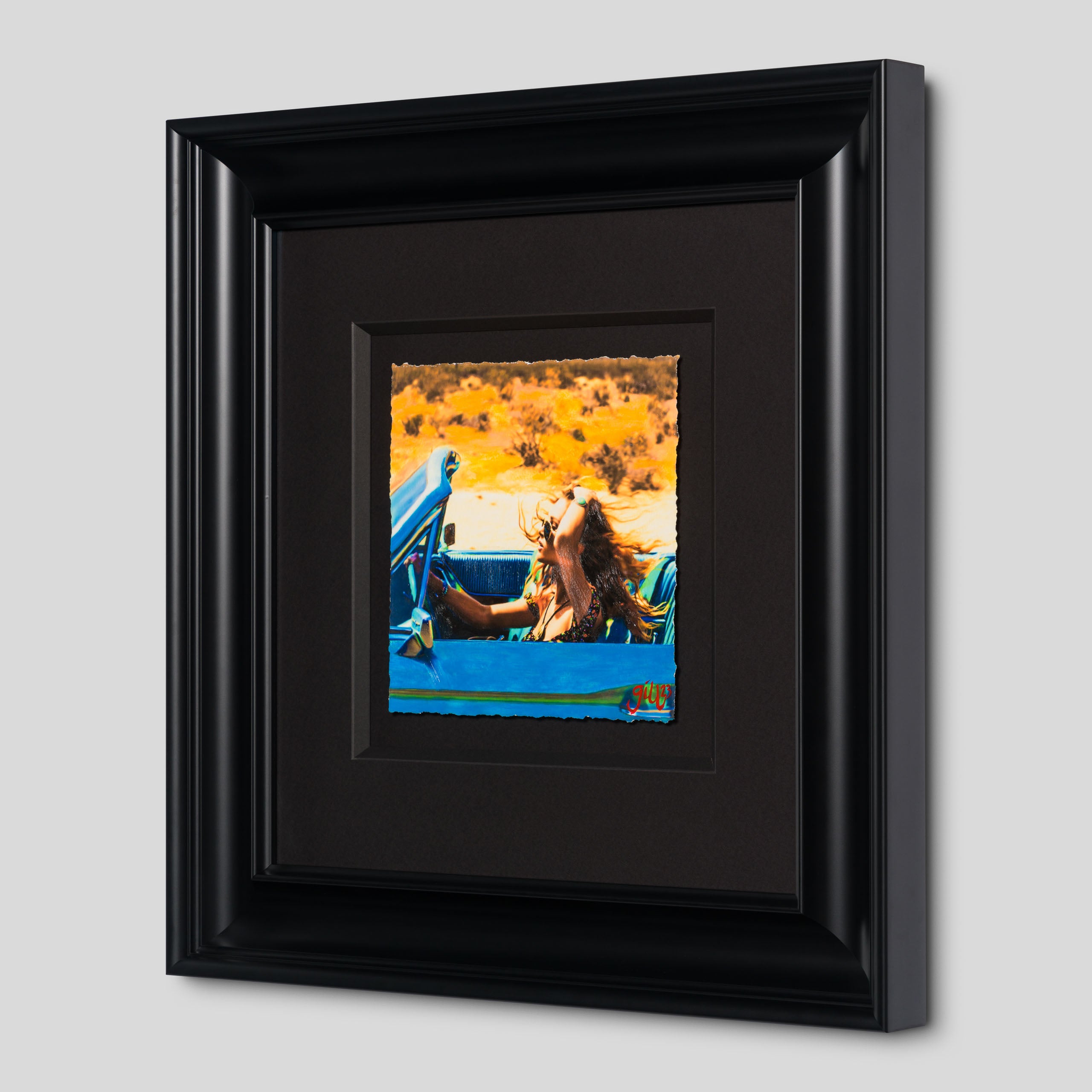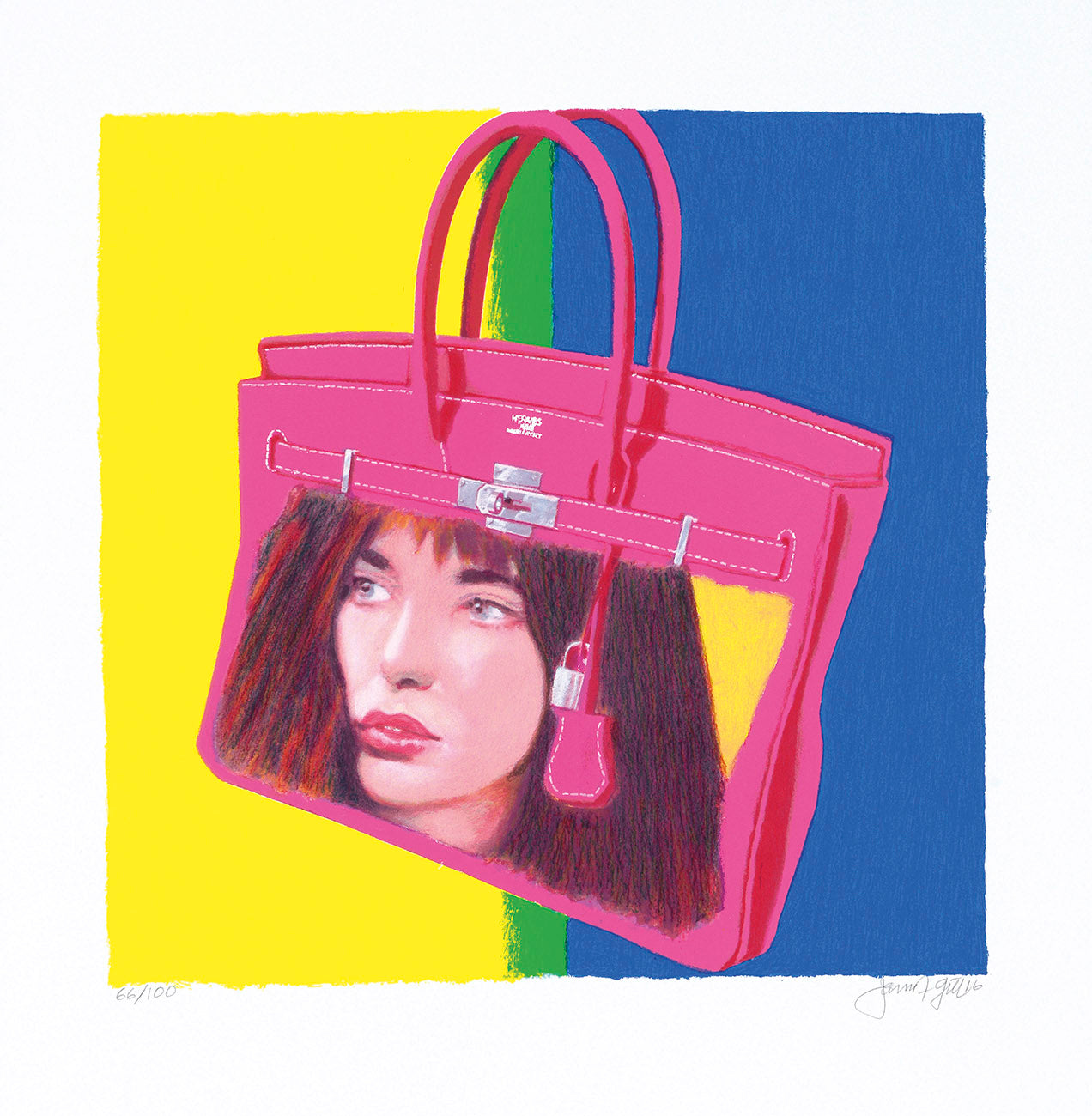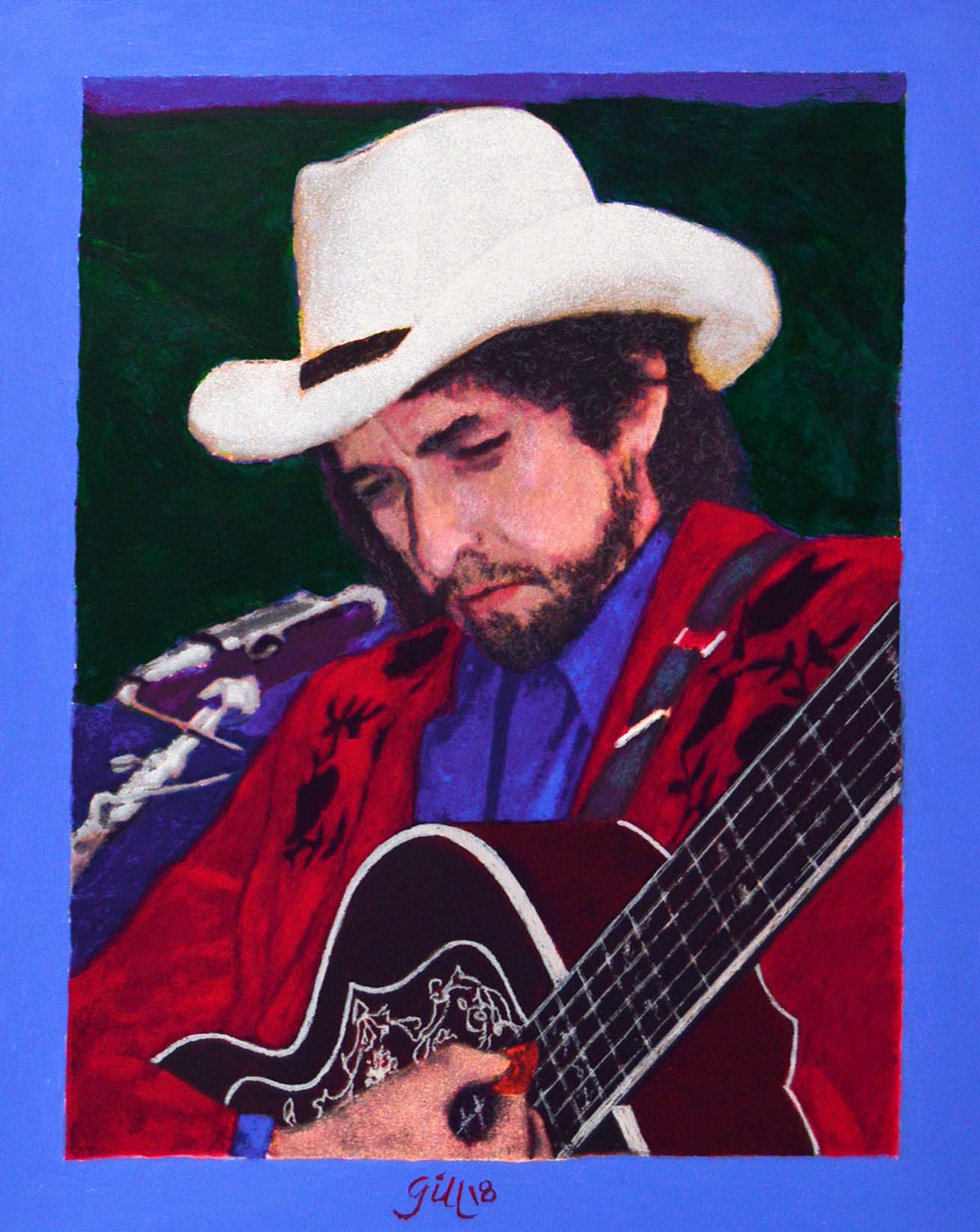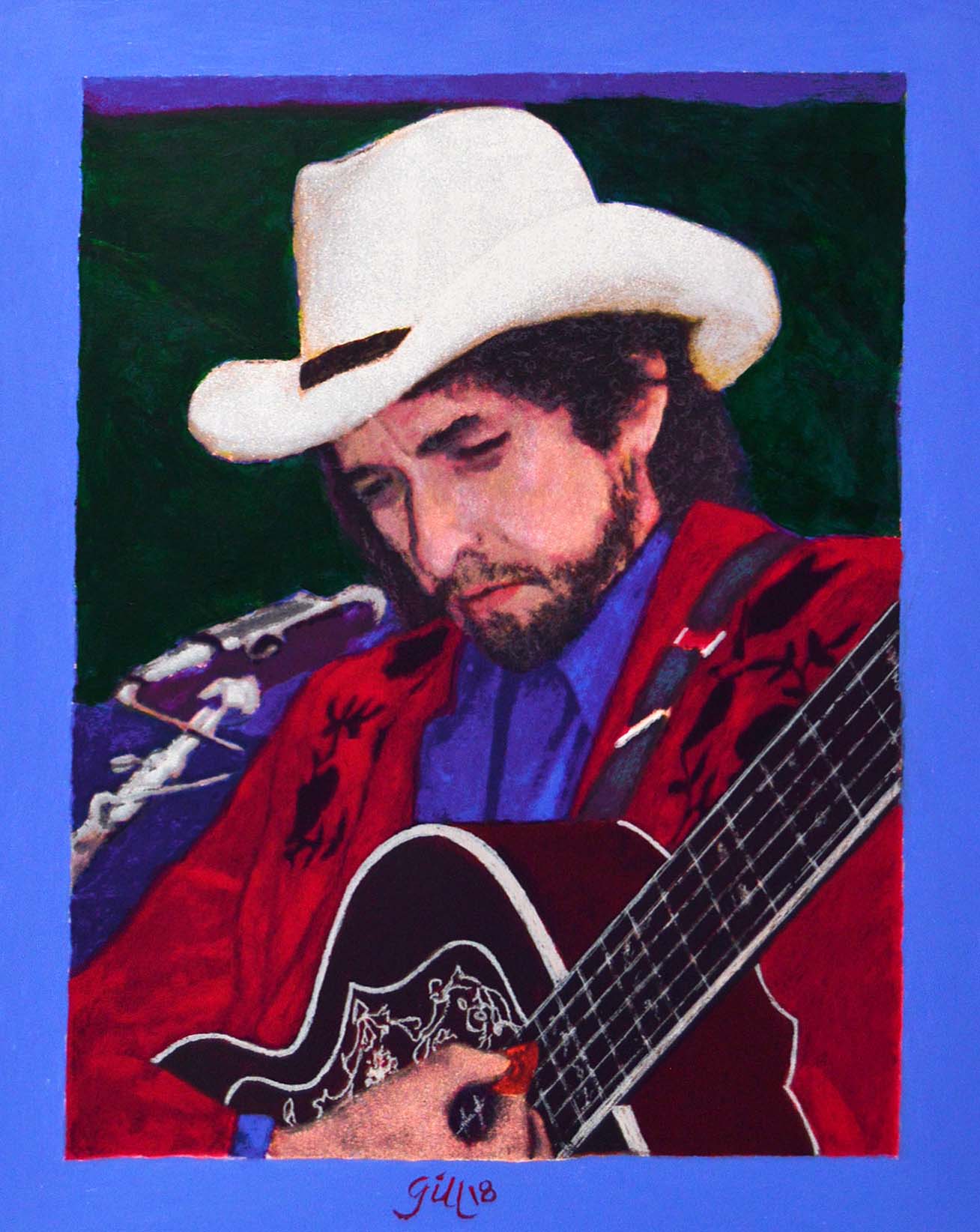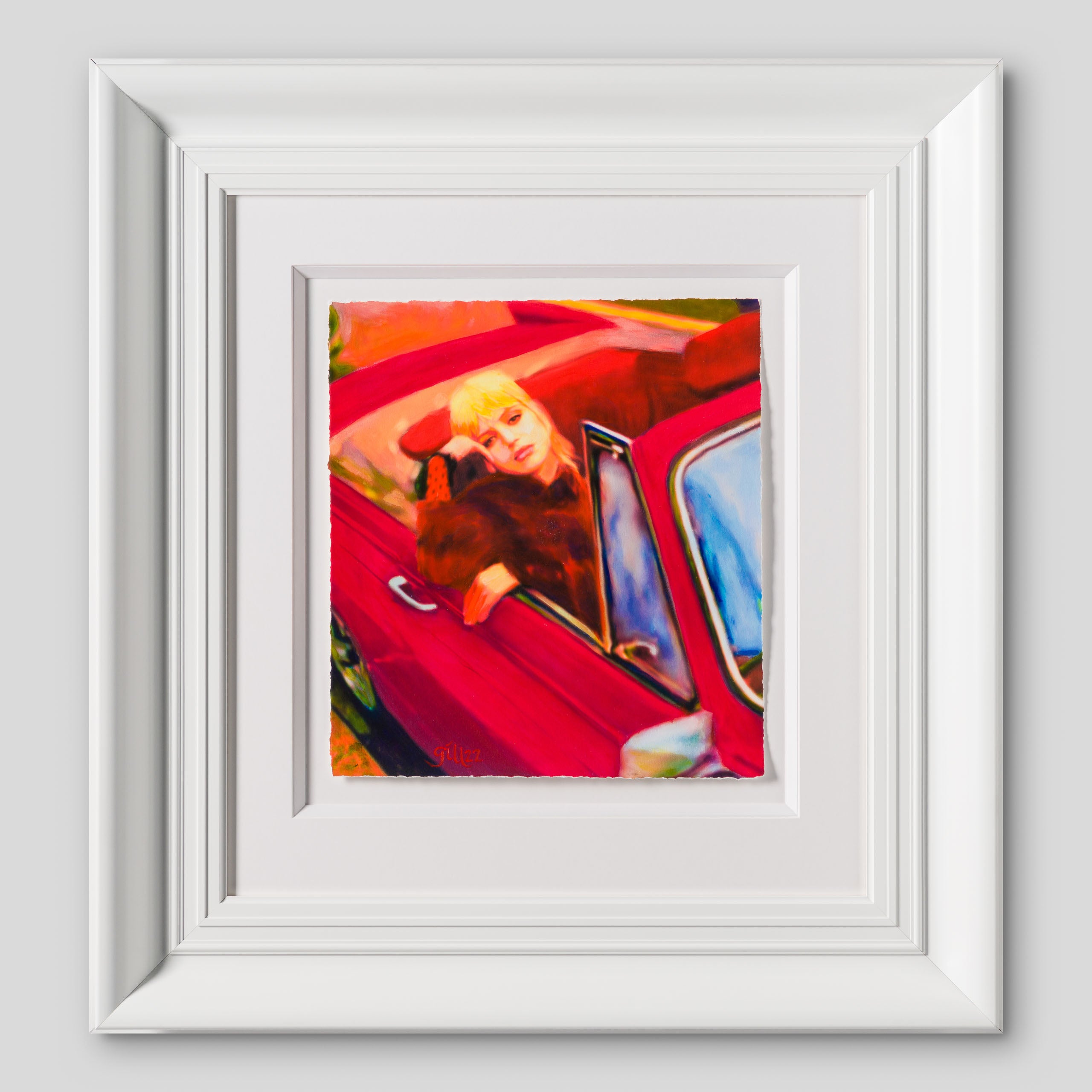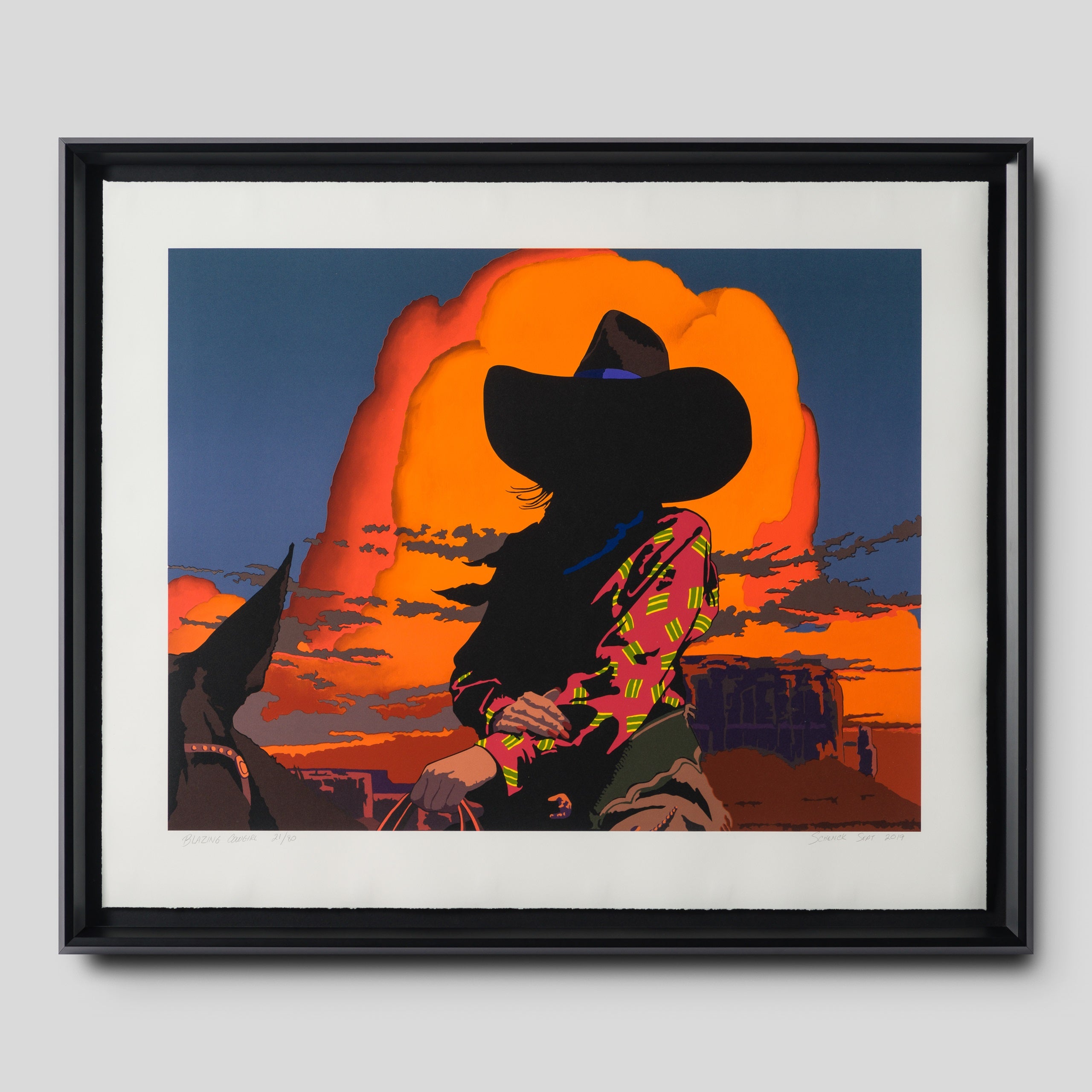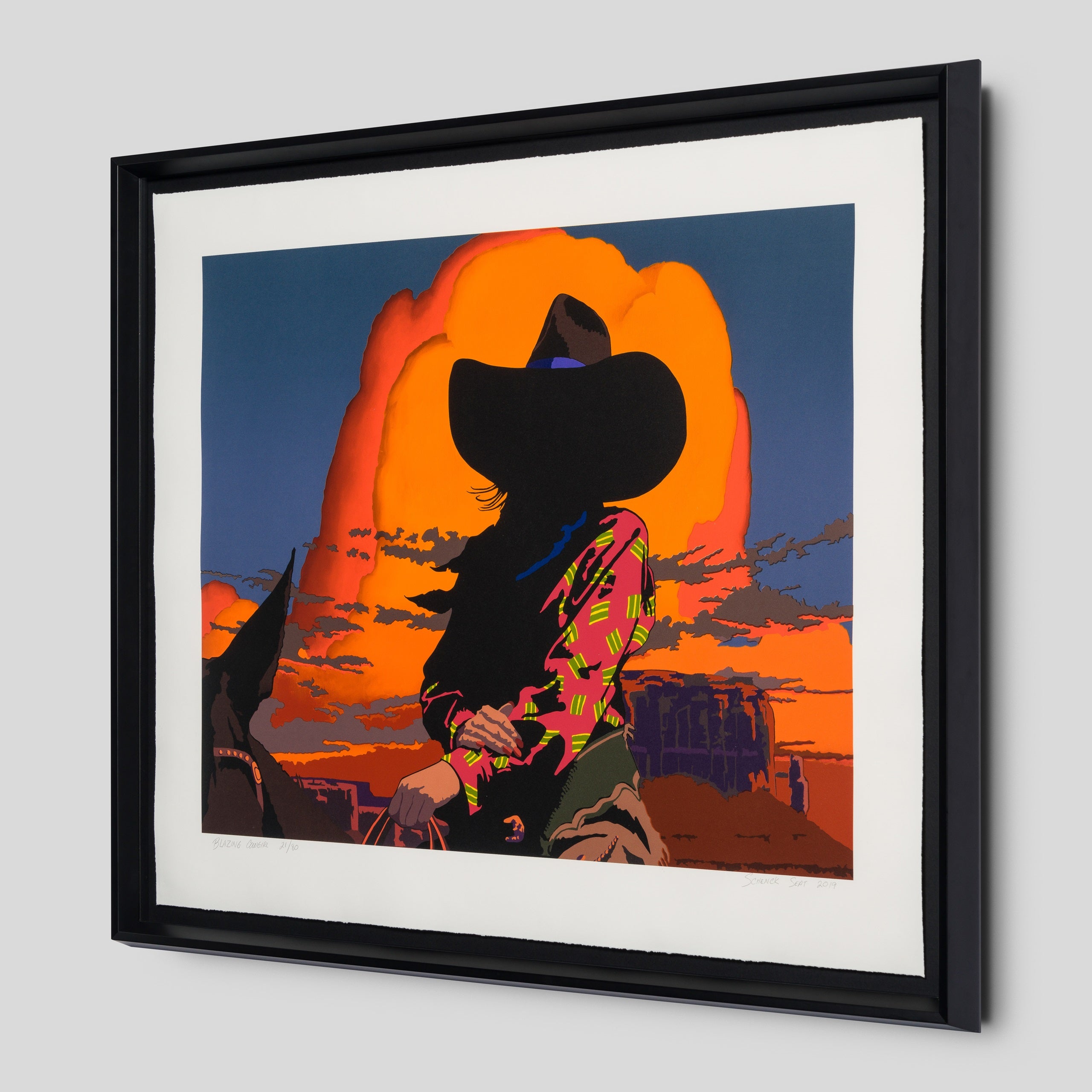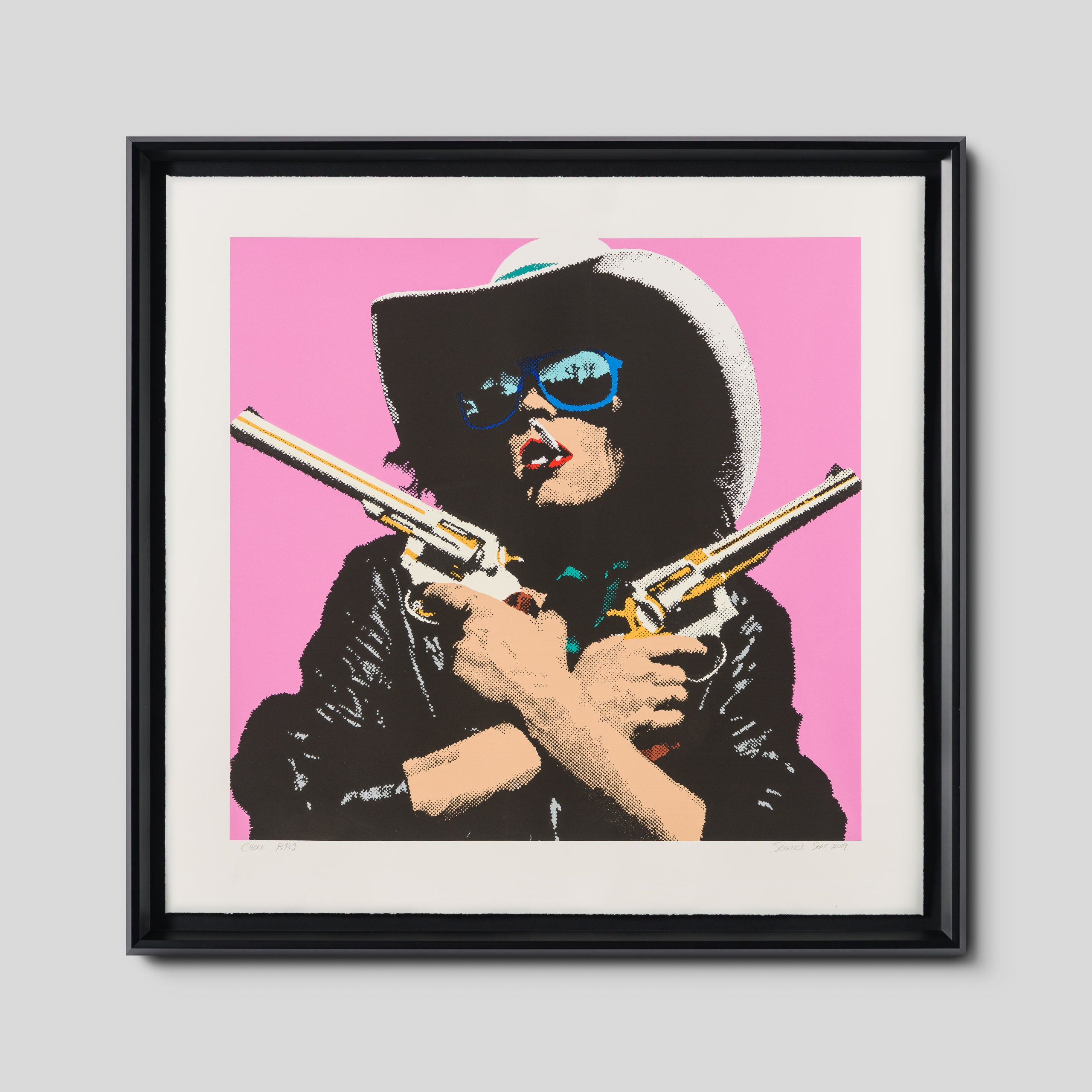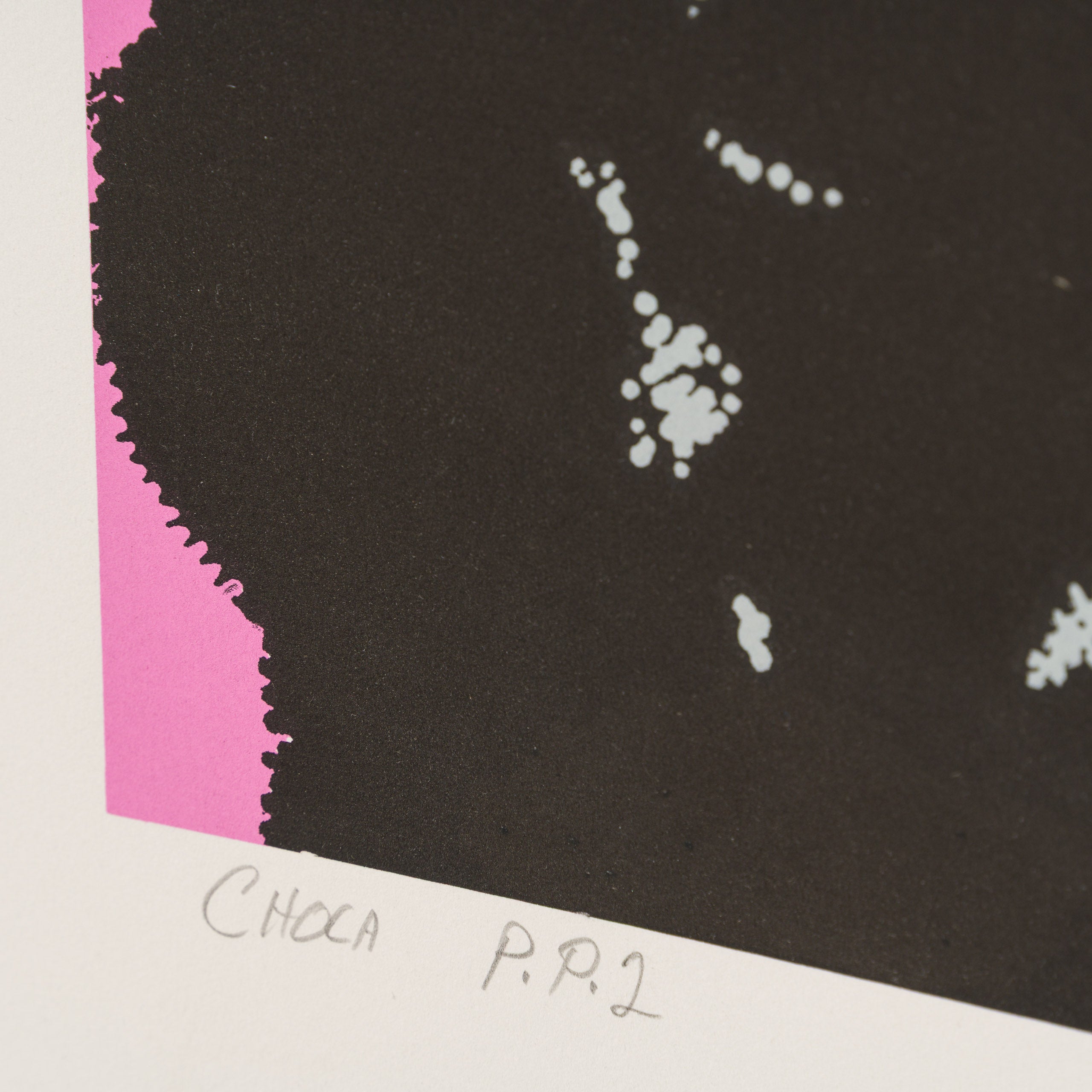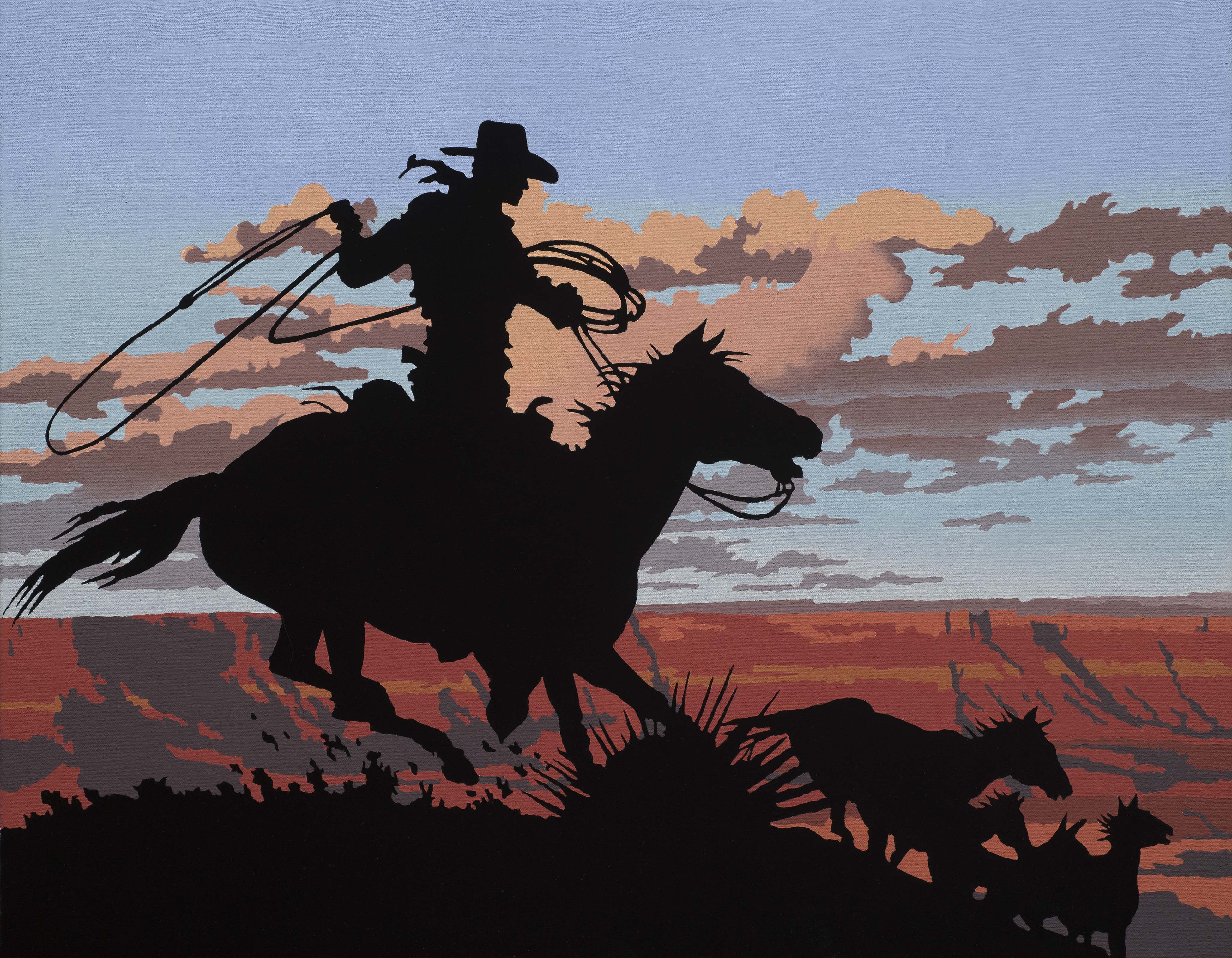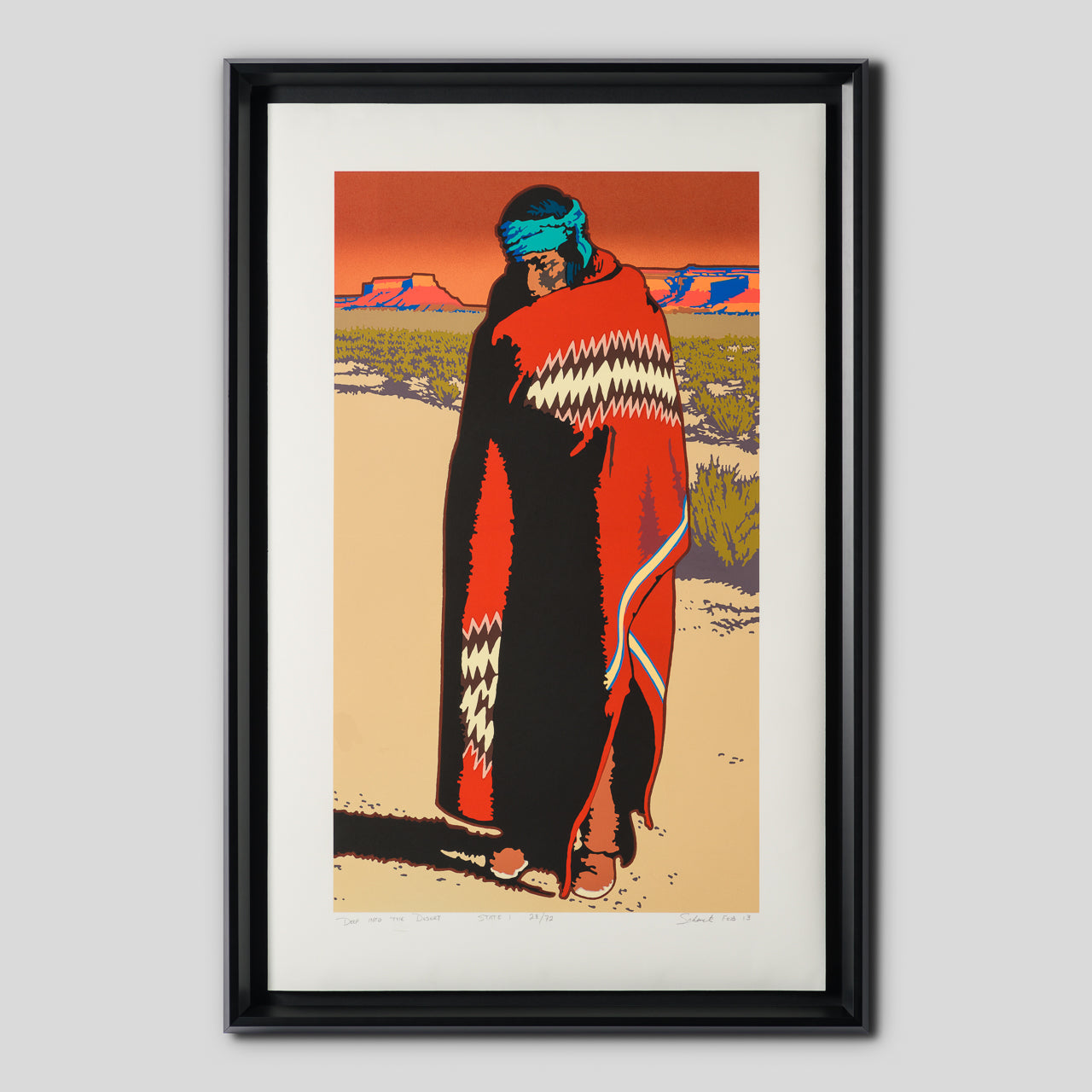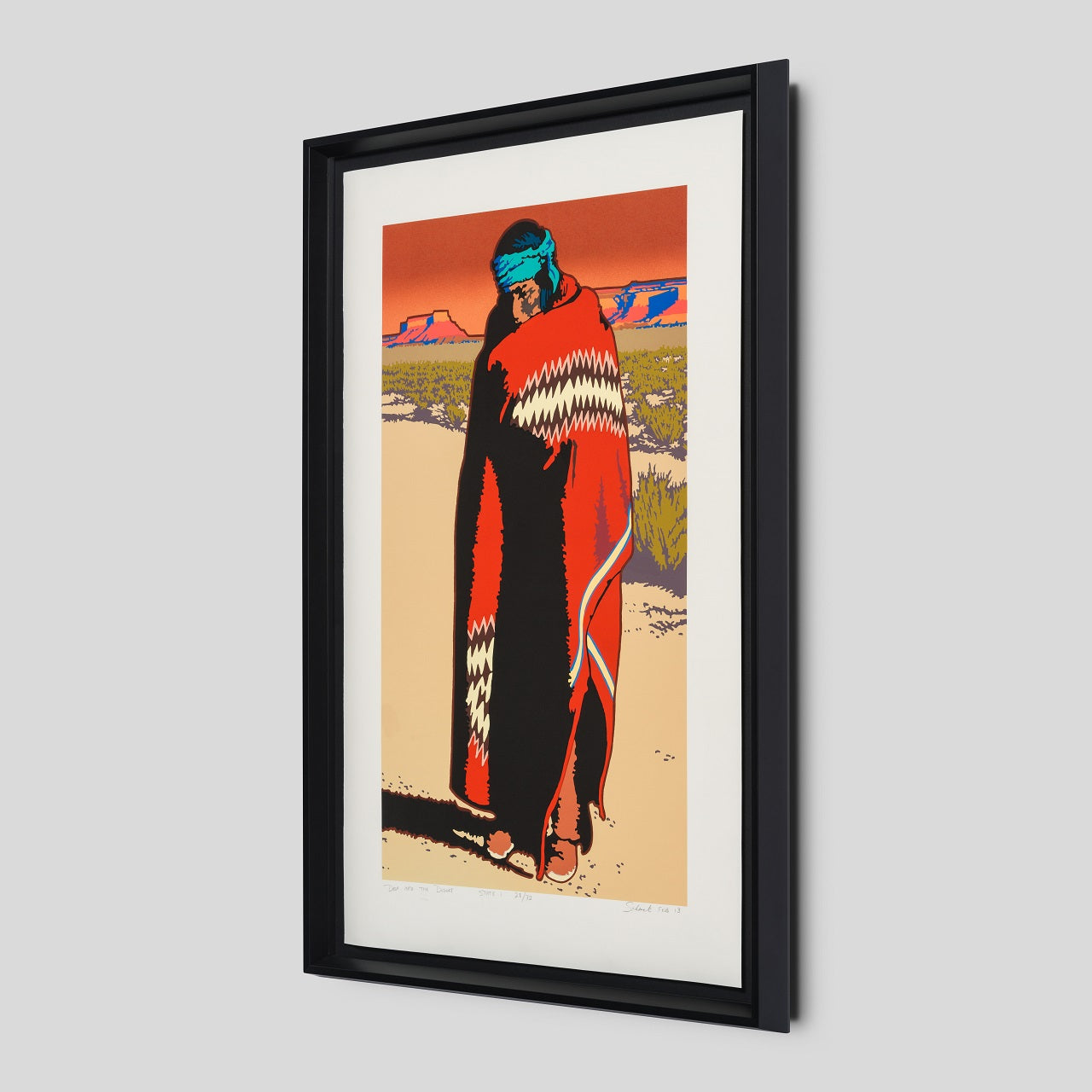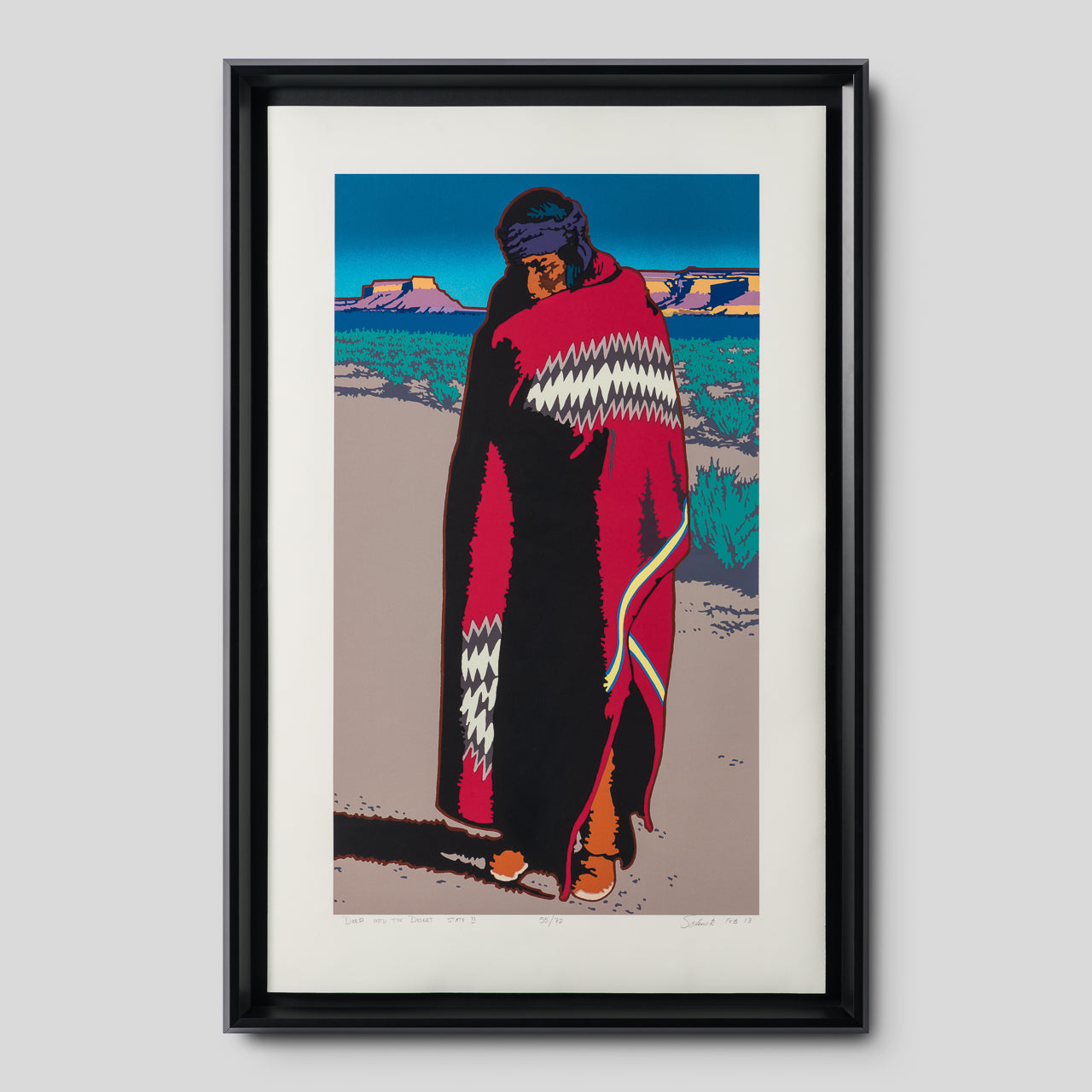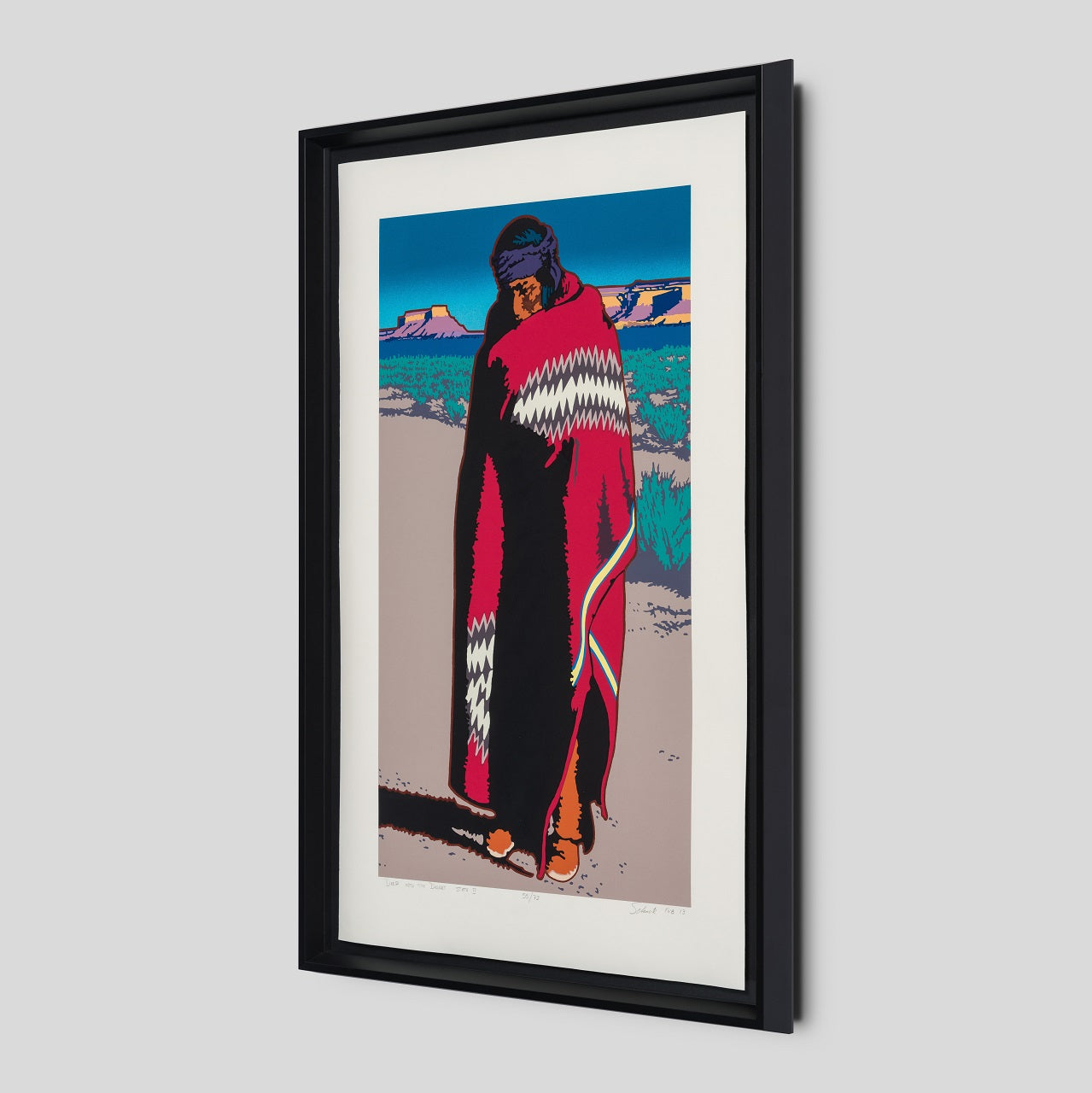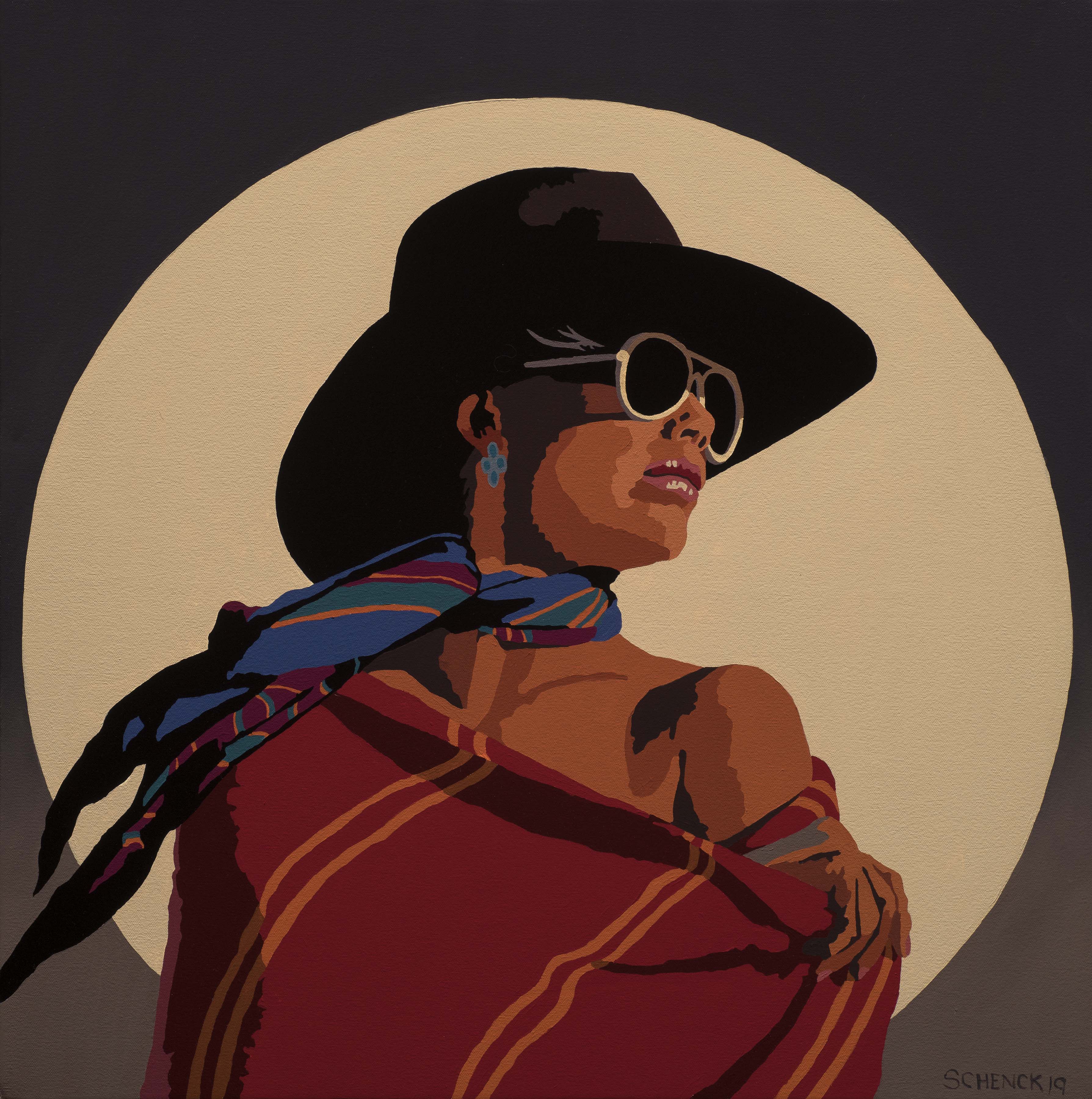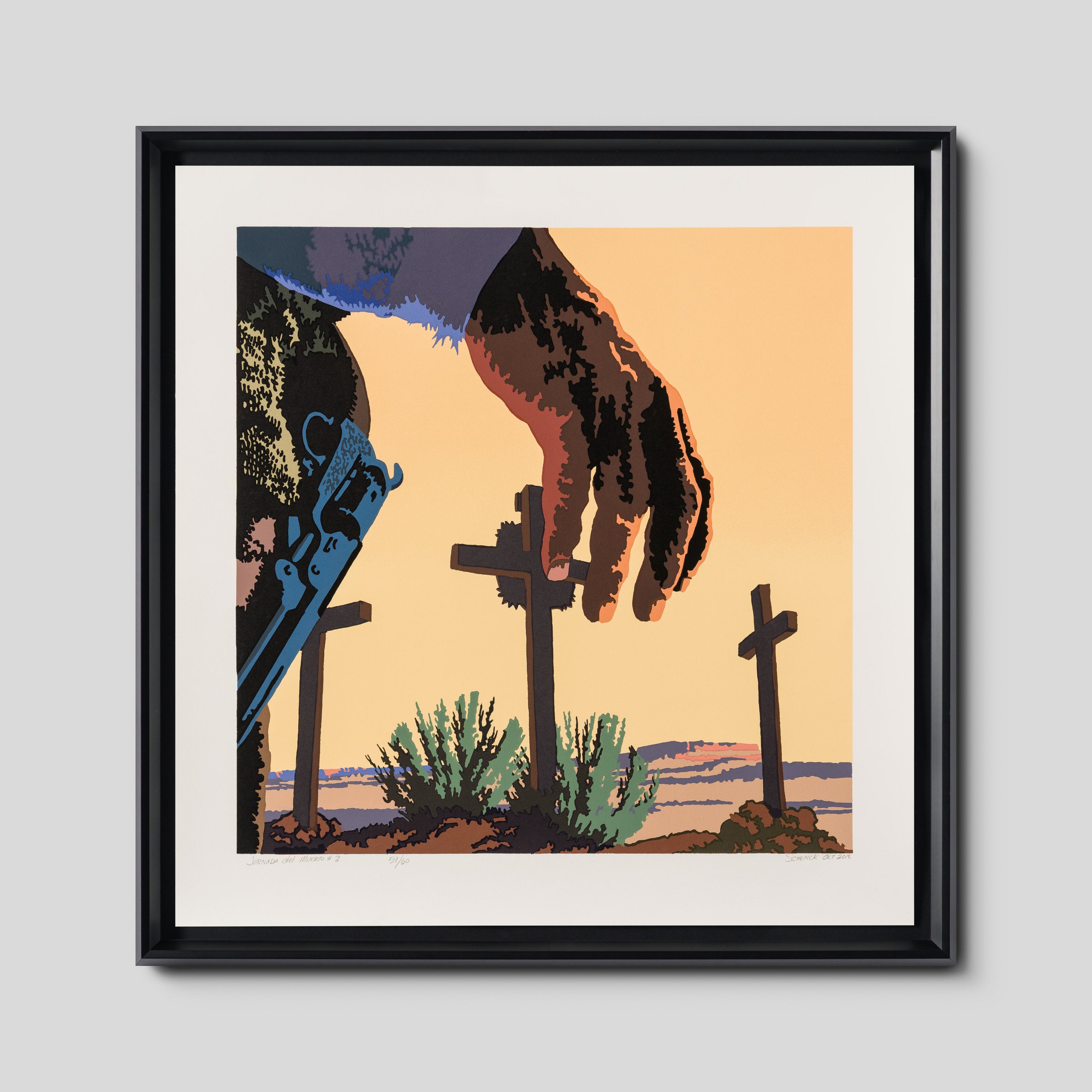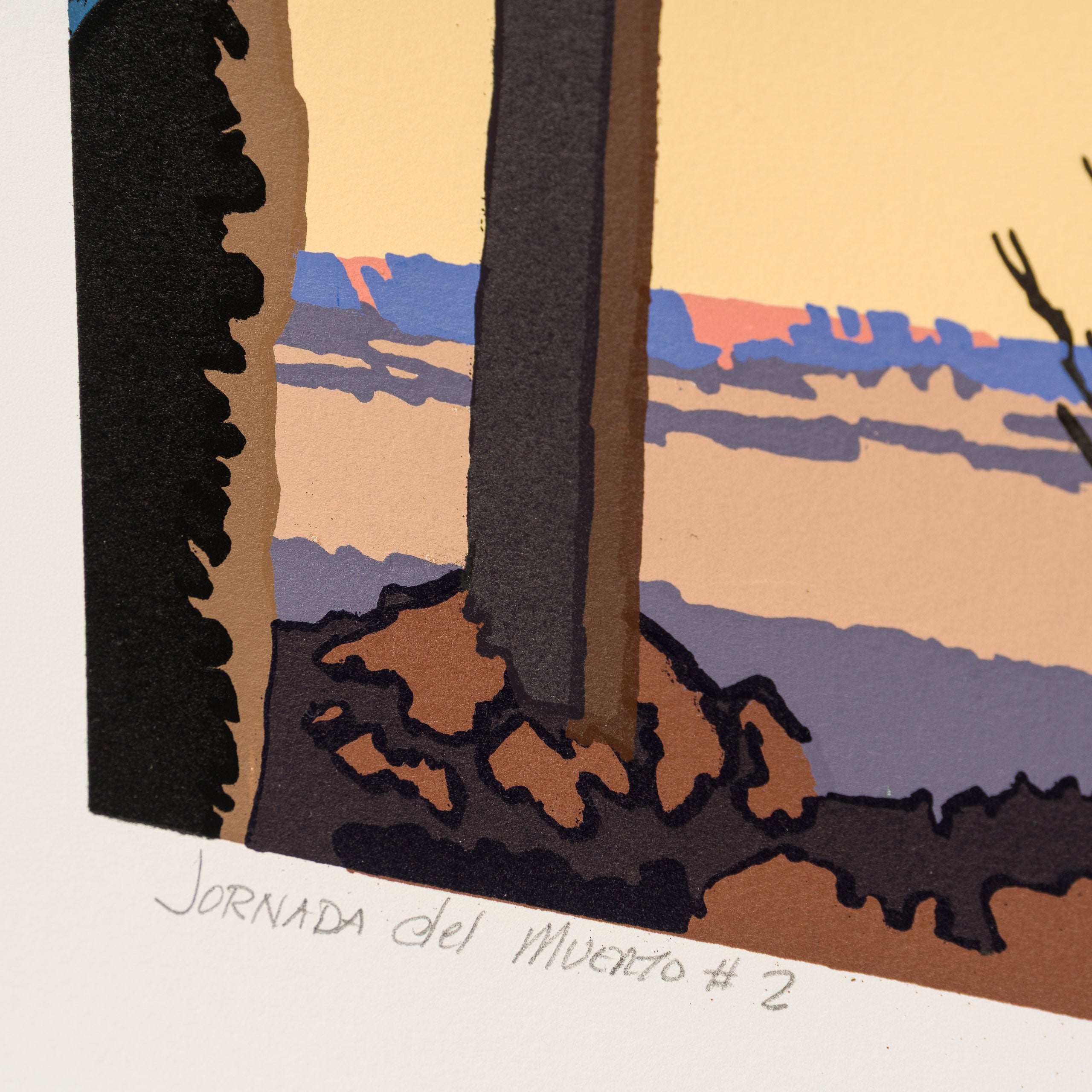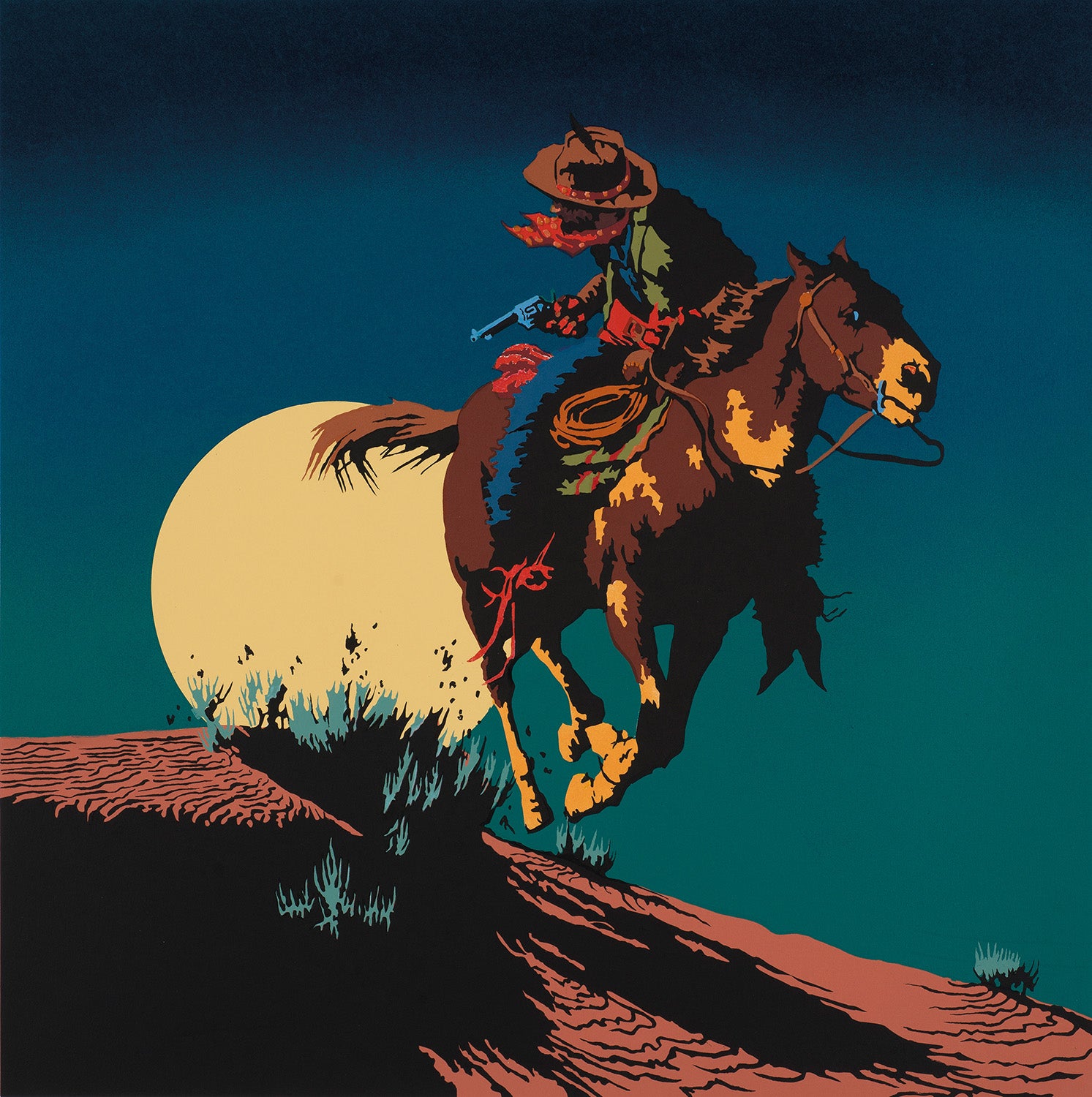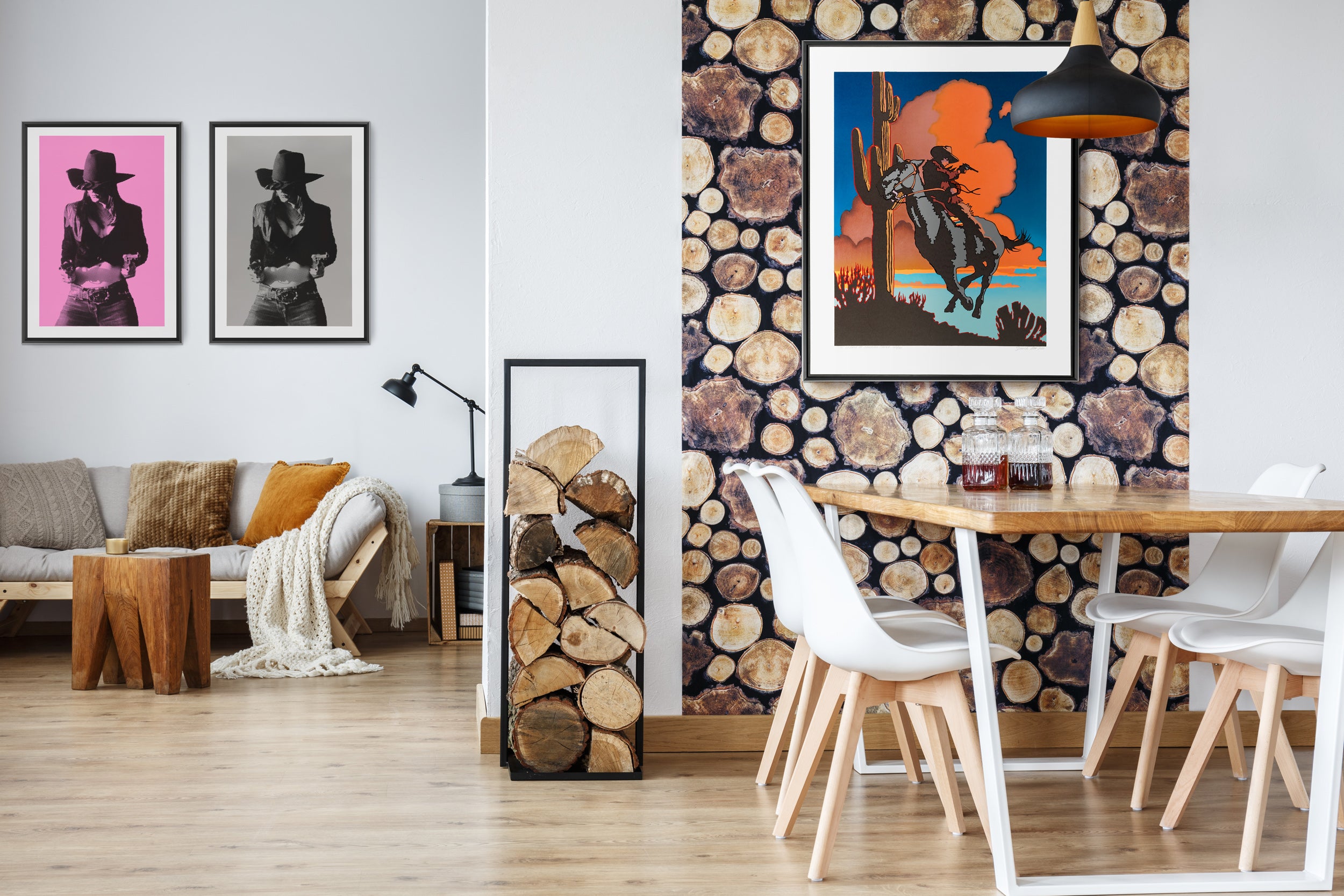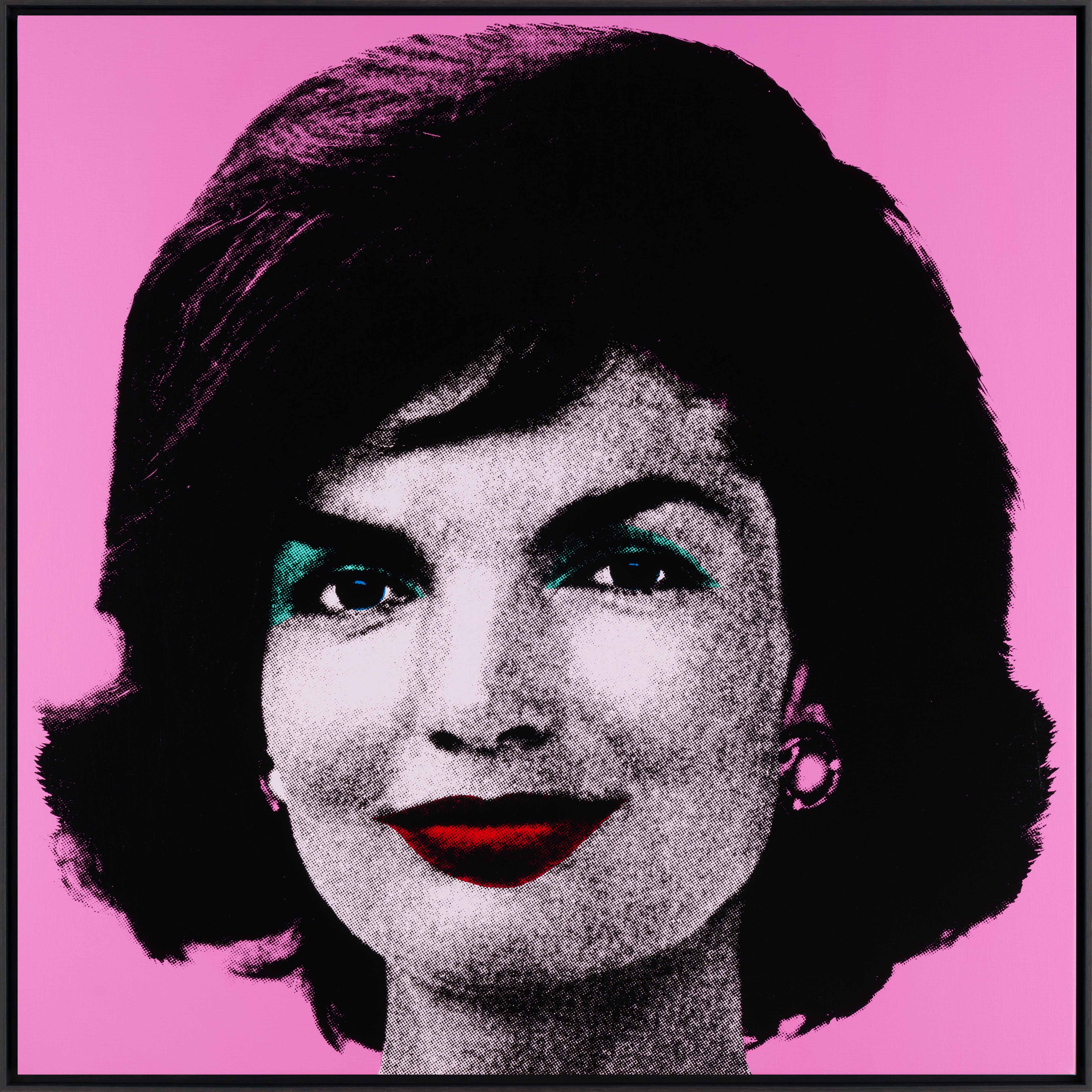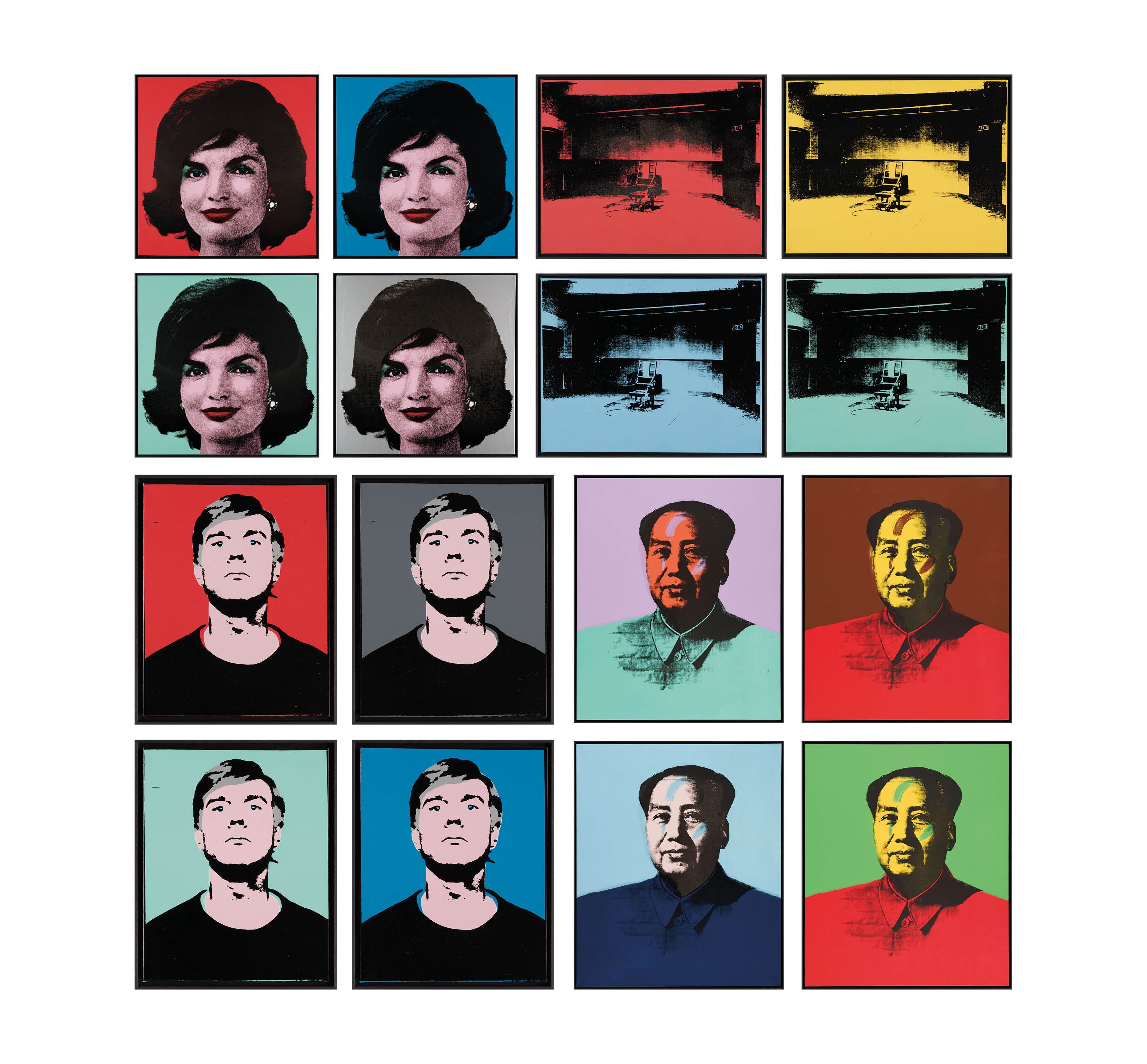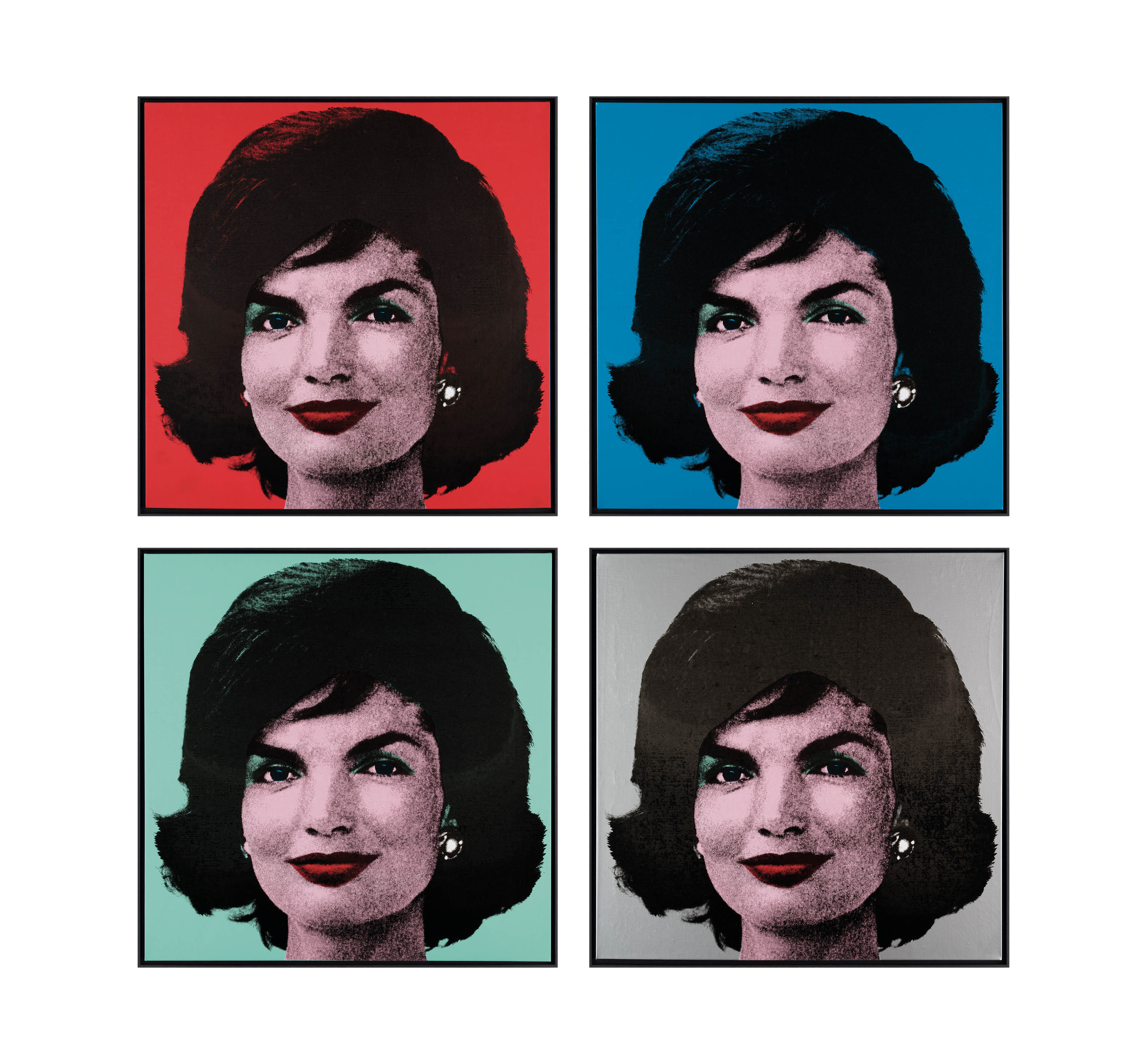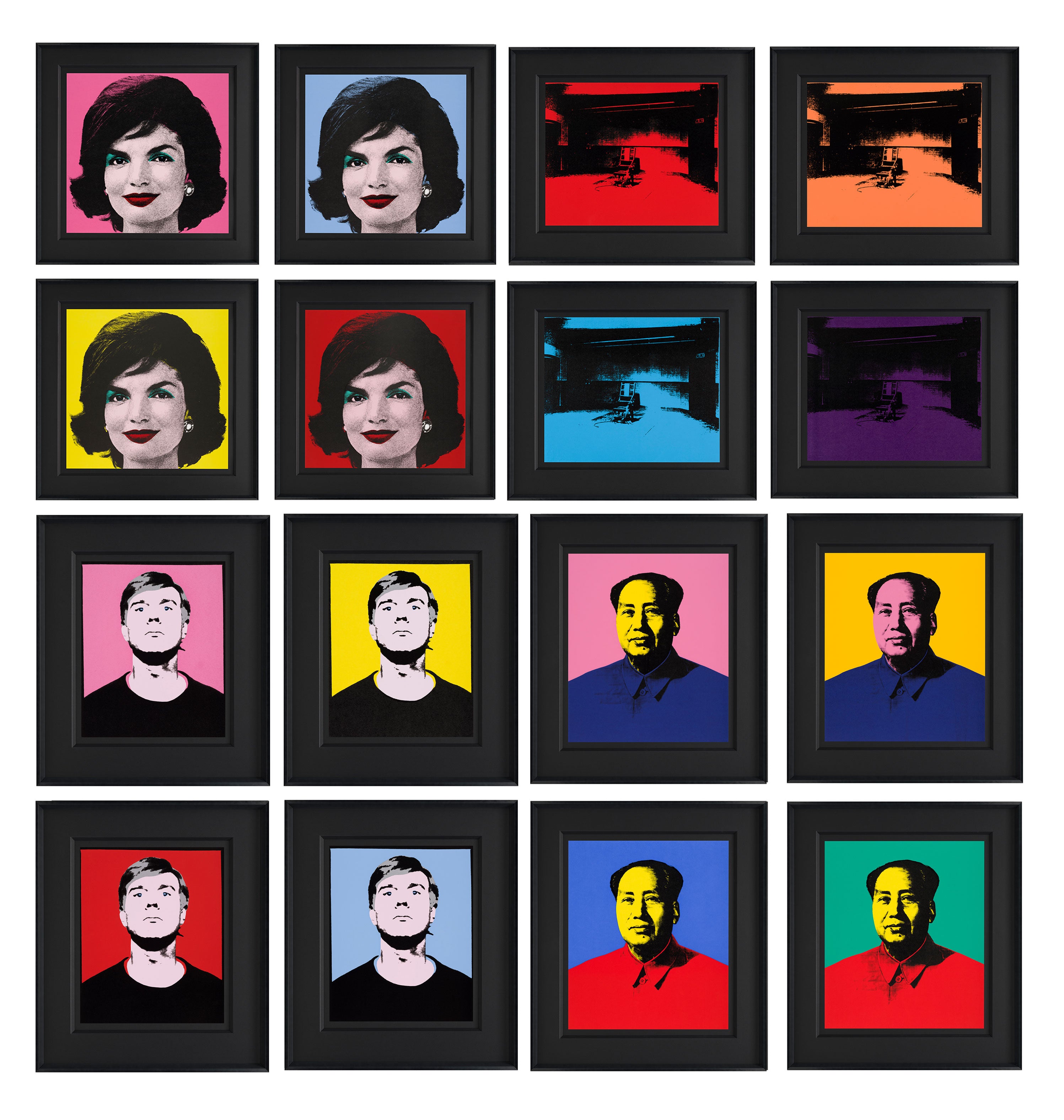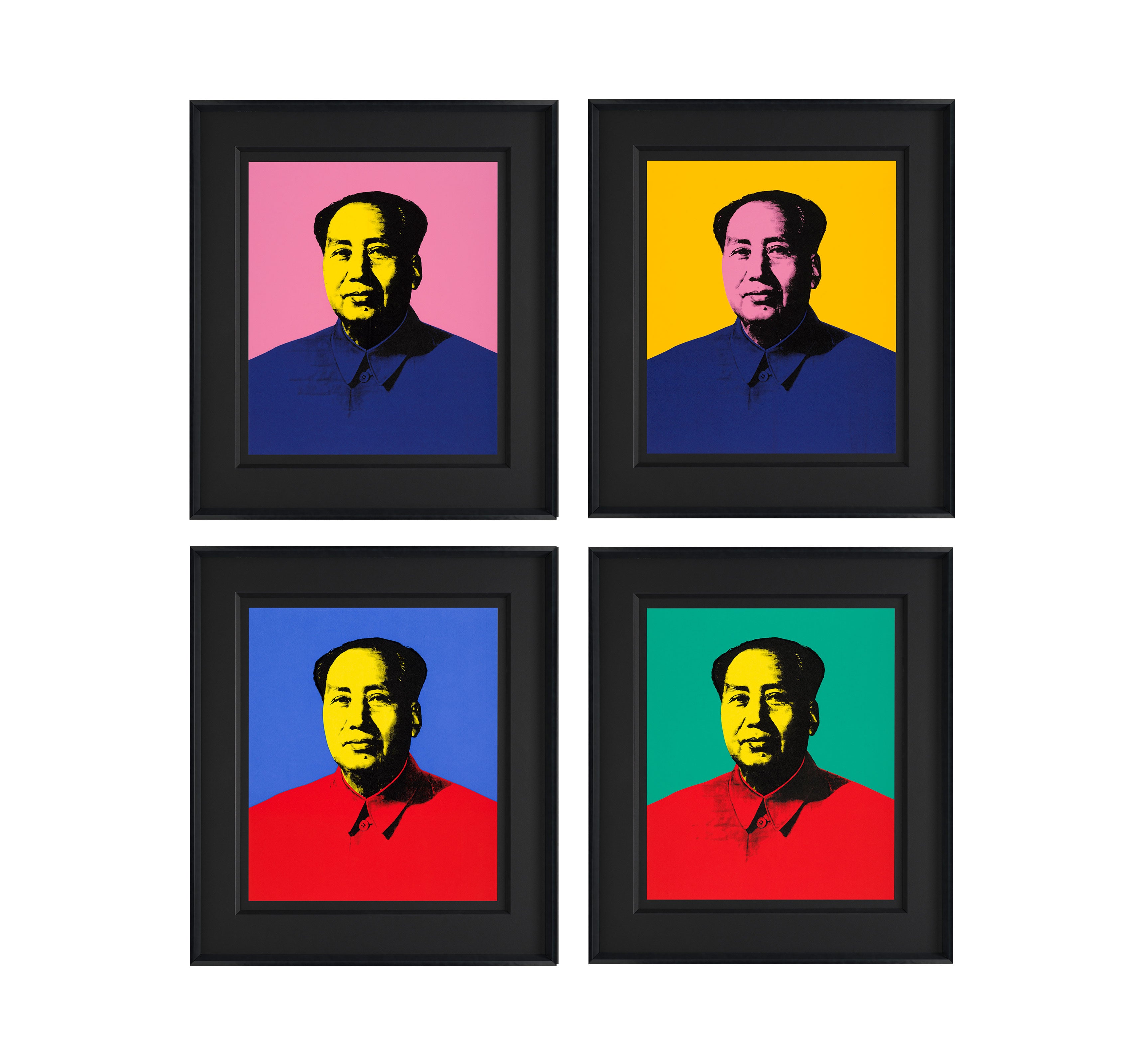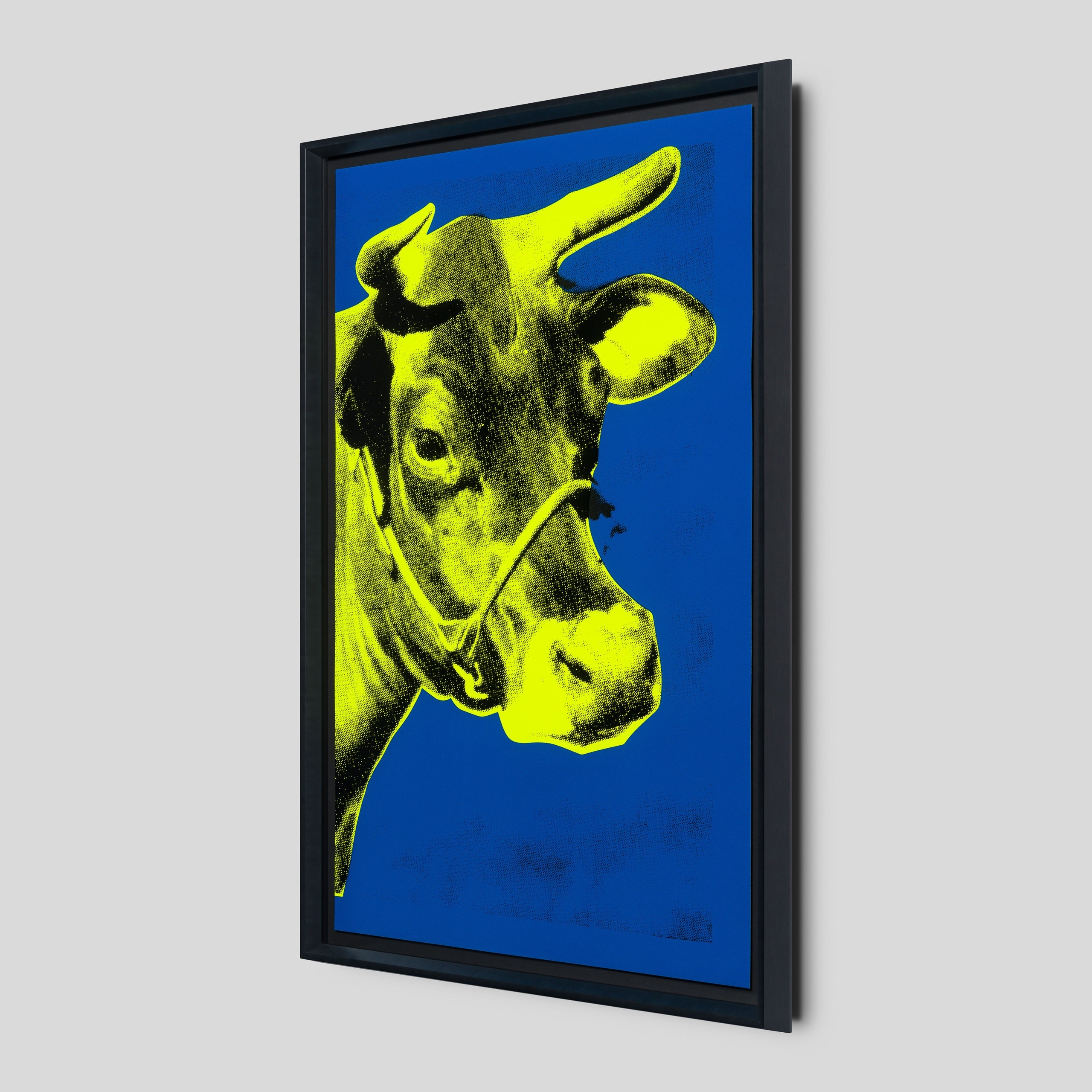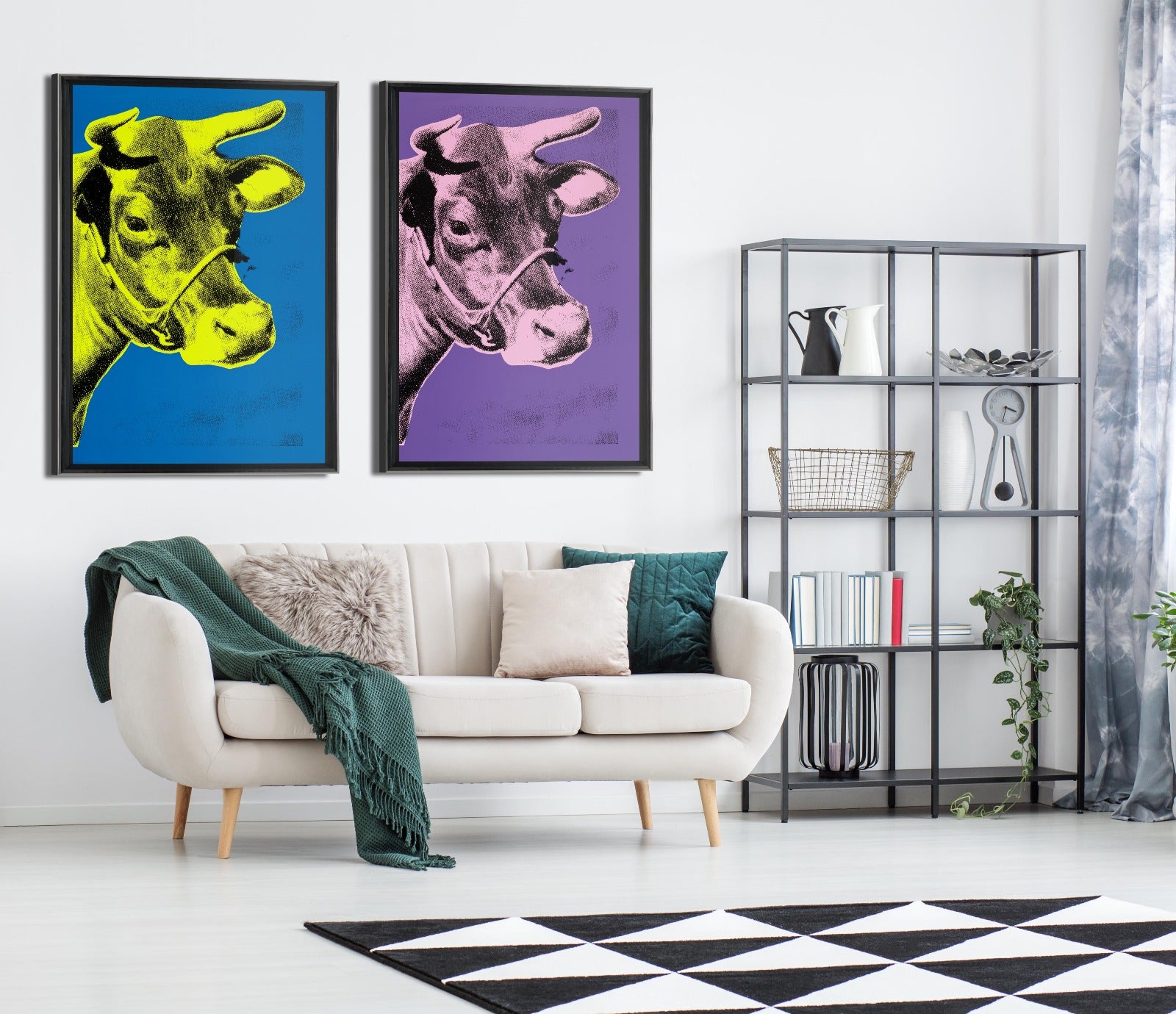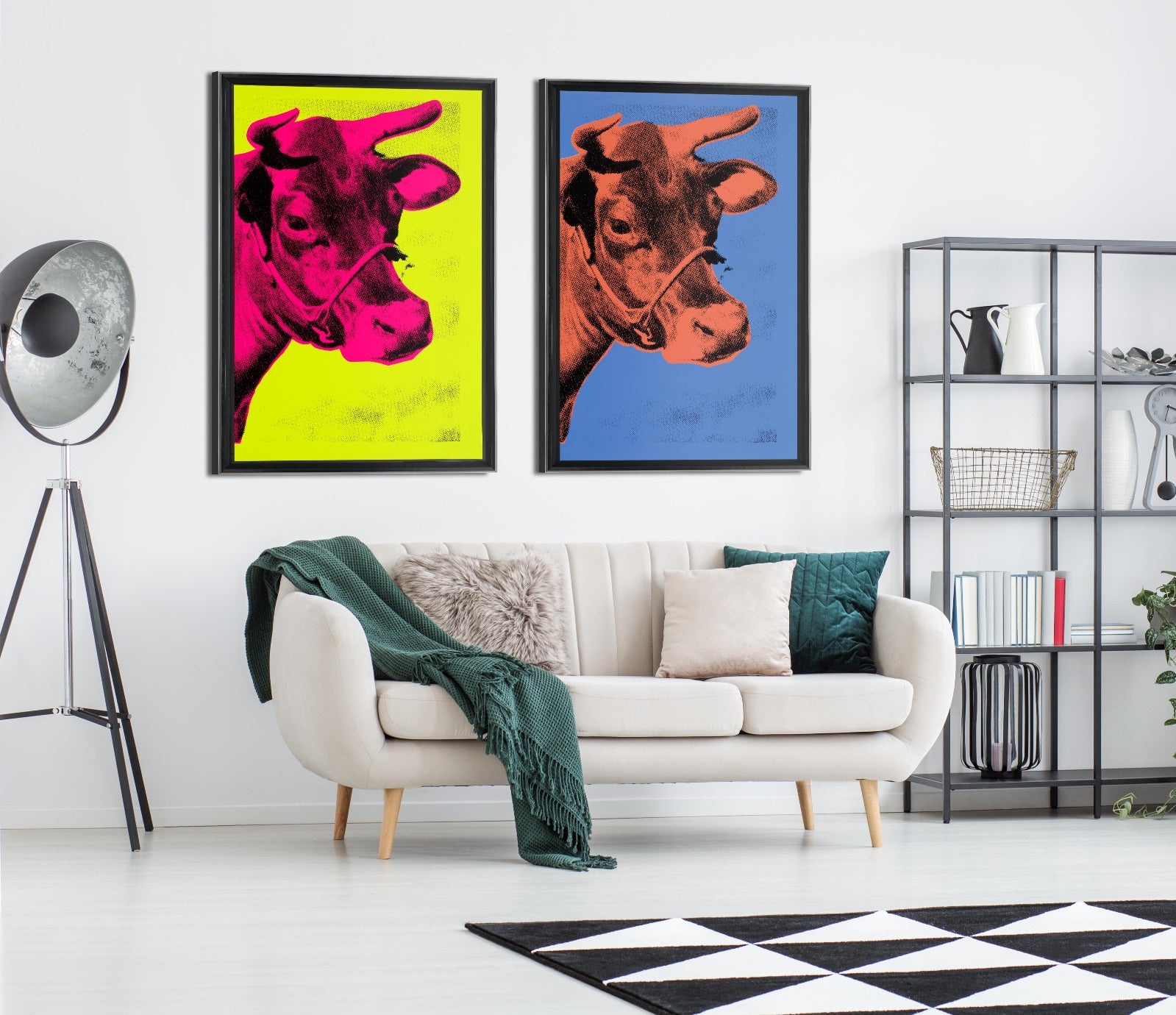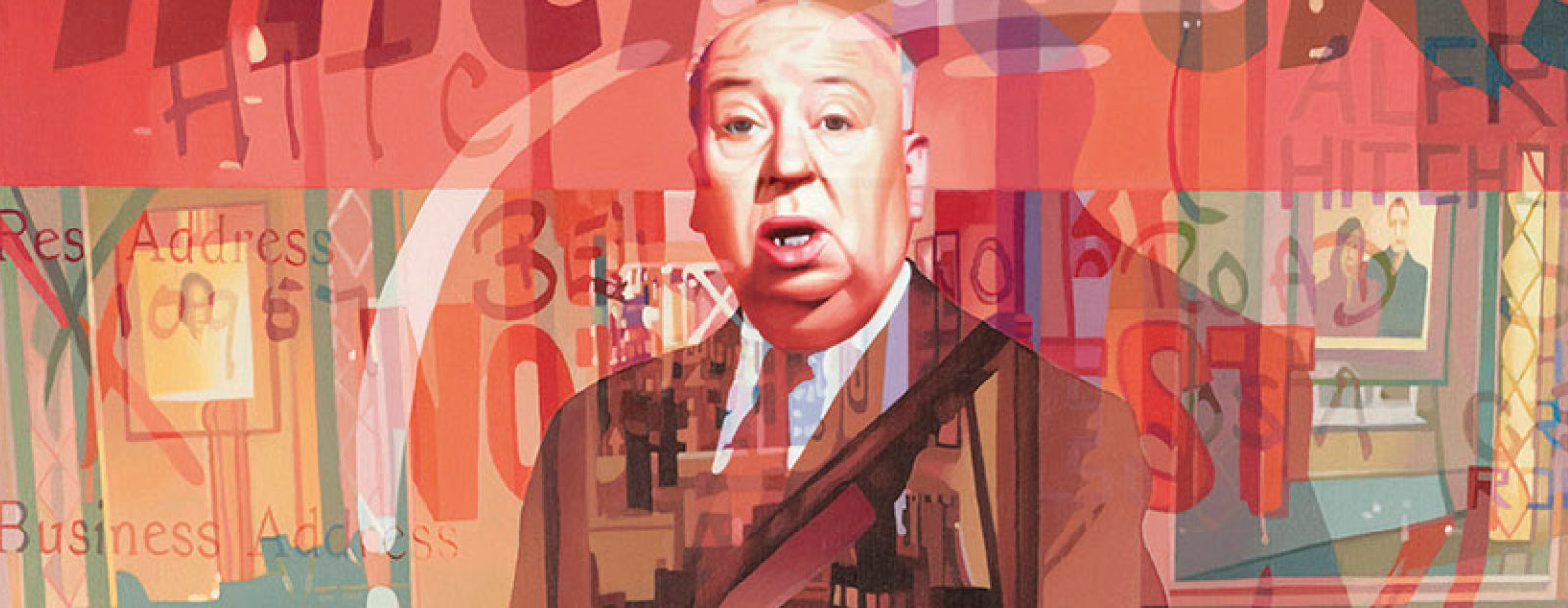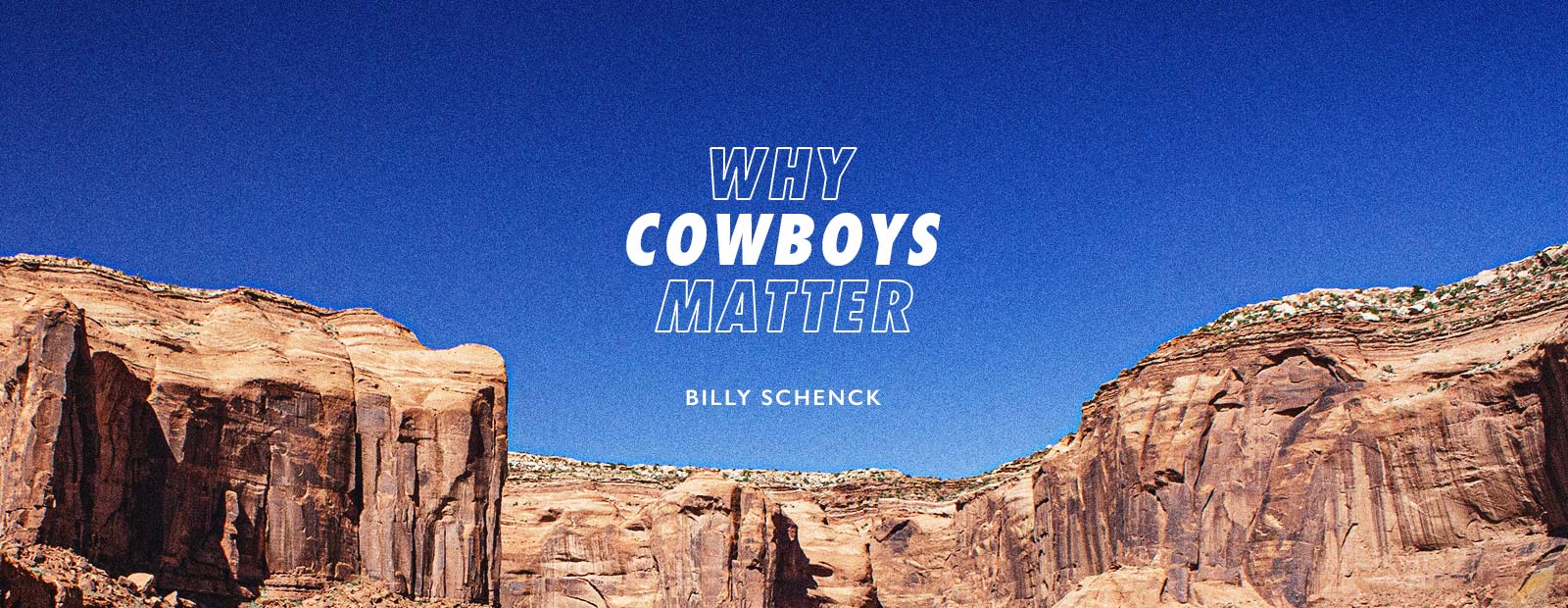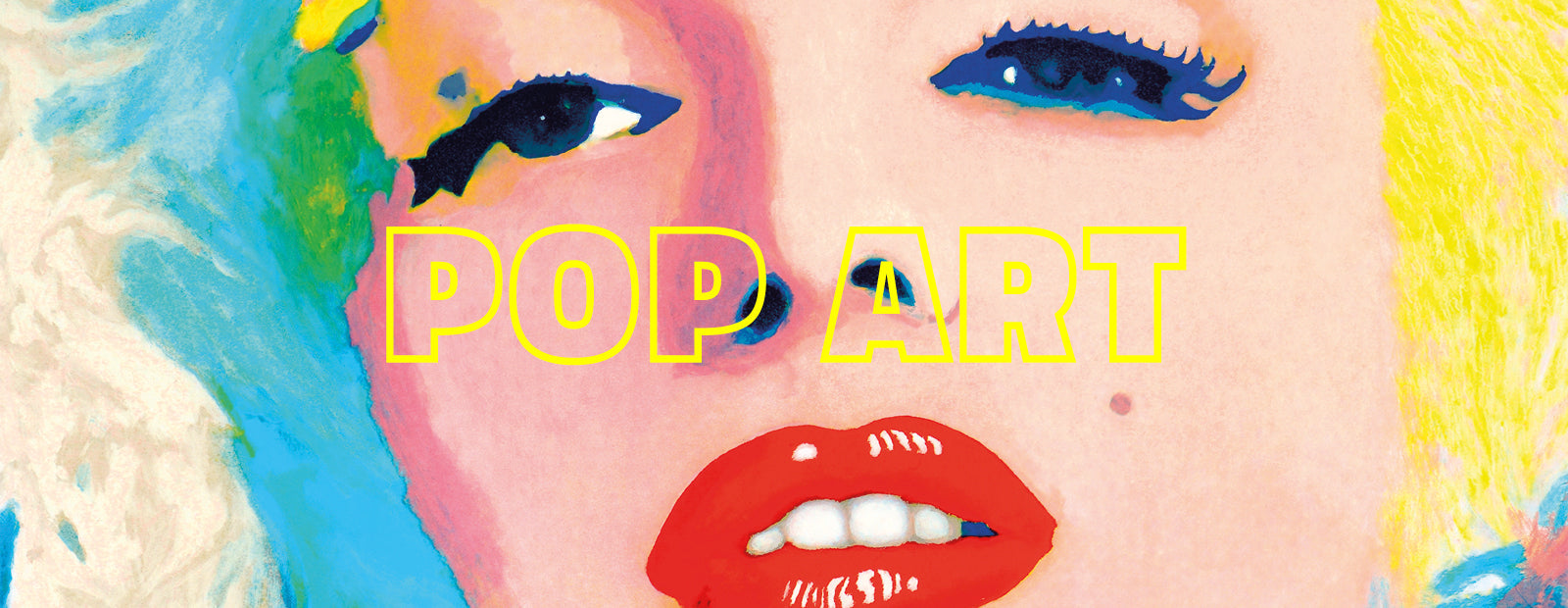
A history of Pop Art
‘Witty, Sexy, Gimmicky, Glamorous’, wrote the British painter Richard Hamilton of Pop Art in 1957. Coined two years earlier by the art critic Lawrence Alloway, the genre emerged in New York as artists embraced the post-World War II manufacturing and media boom.
Following on from the Abstract Impressionist movement, Pop Art rebelled against the themes of morality and mythology found in highbrow art, instead introducing identifiable imagery drawn from mass media and popular culture. Defined edges and emotional detachment were underpinned by the belief that everything is connected, from commercial advertising to mass production and even trash.
Through its vibrant colours and unabashed brazenness, Pop Art encompassed themes of celebrity, television, magazines and comic books to represent what artist Jim Dine termed ‘…the American Dream, optimistic, generous and naïve’. Pop Art’s international variants included Capitalist Realism in Germany, Anti-Art in Japan and Nouveau Réalisme in France.
Pioneers of the movement included James Francis Gill, Roy Lichtenstein and Eduardo Paolozzi, while famous artworks include James Rosenquist’s ‘President Elect’ (1960-71) and Andy Warhol’s ‘Campbell’s Soup I’ (1968).


